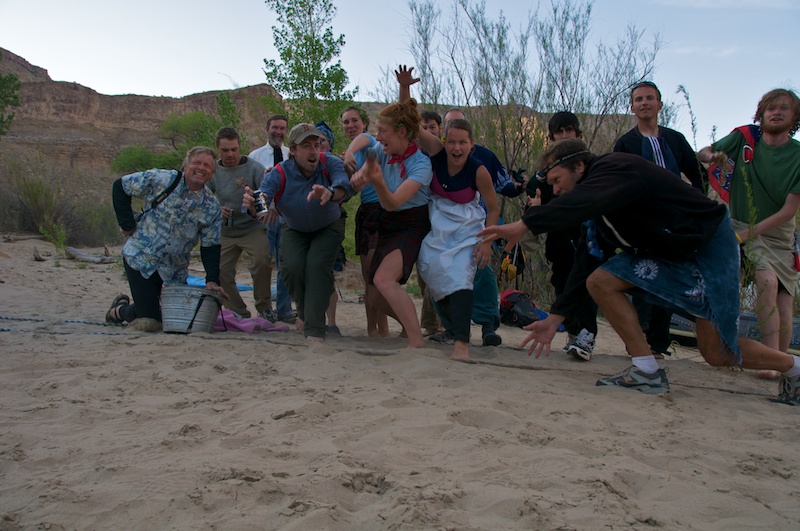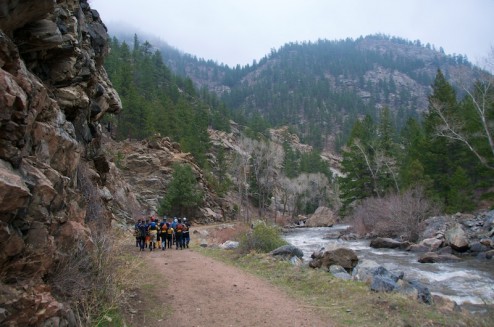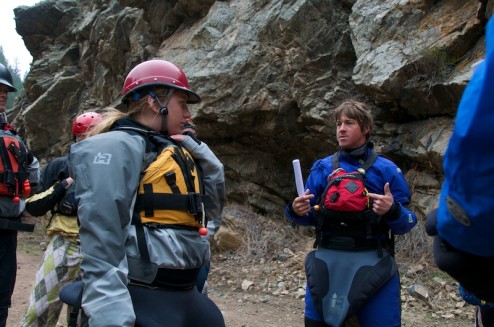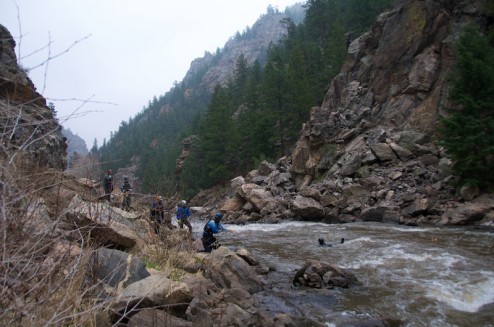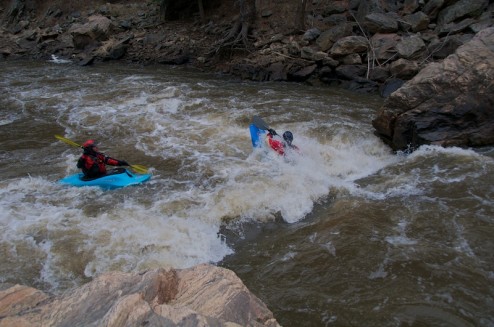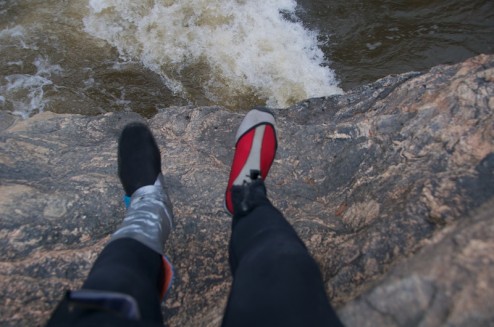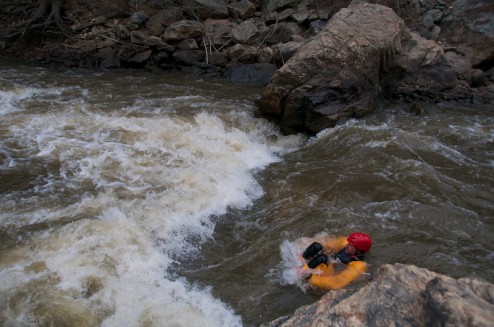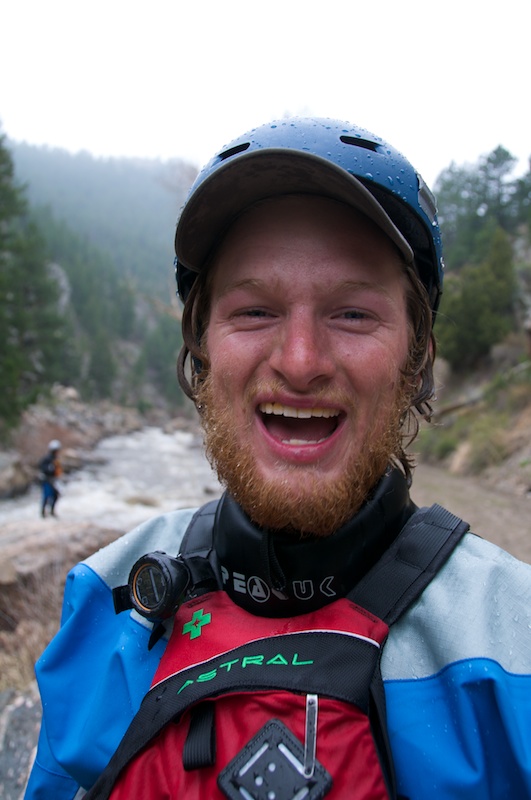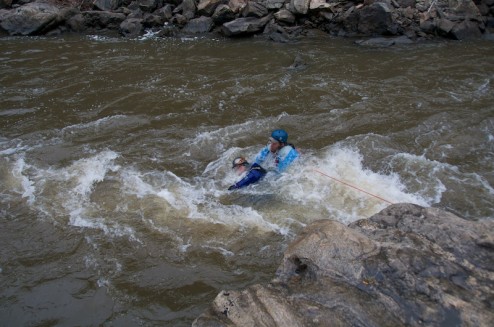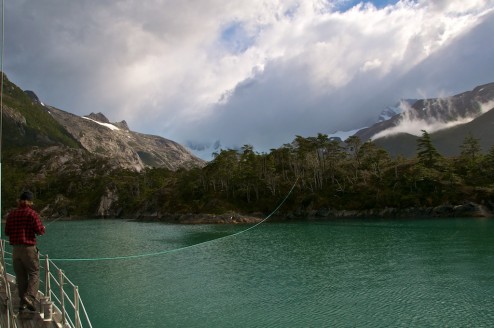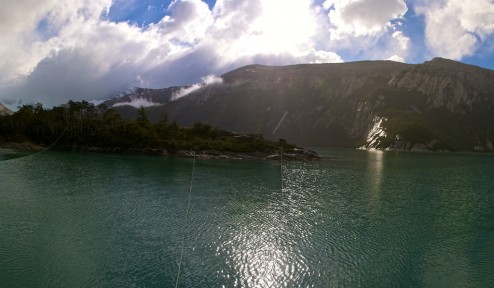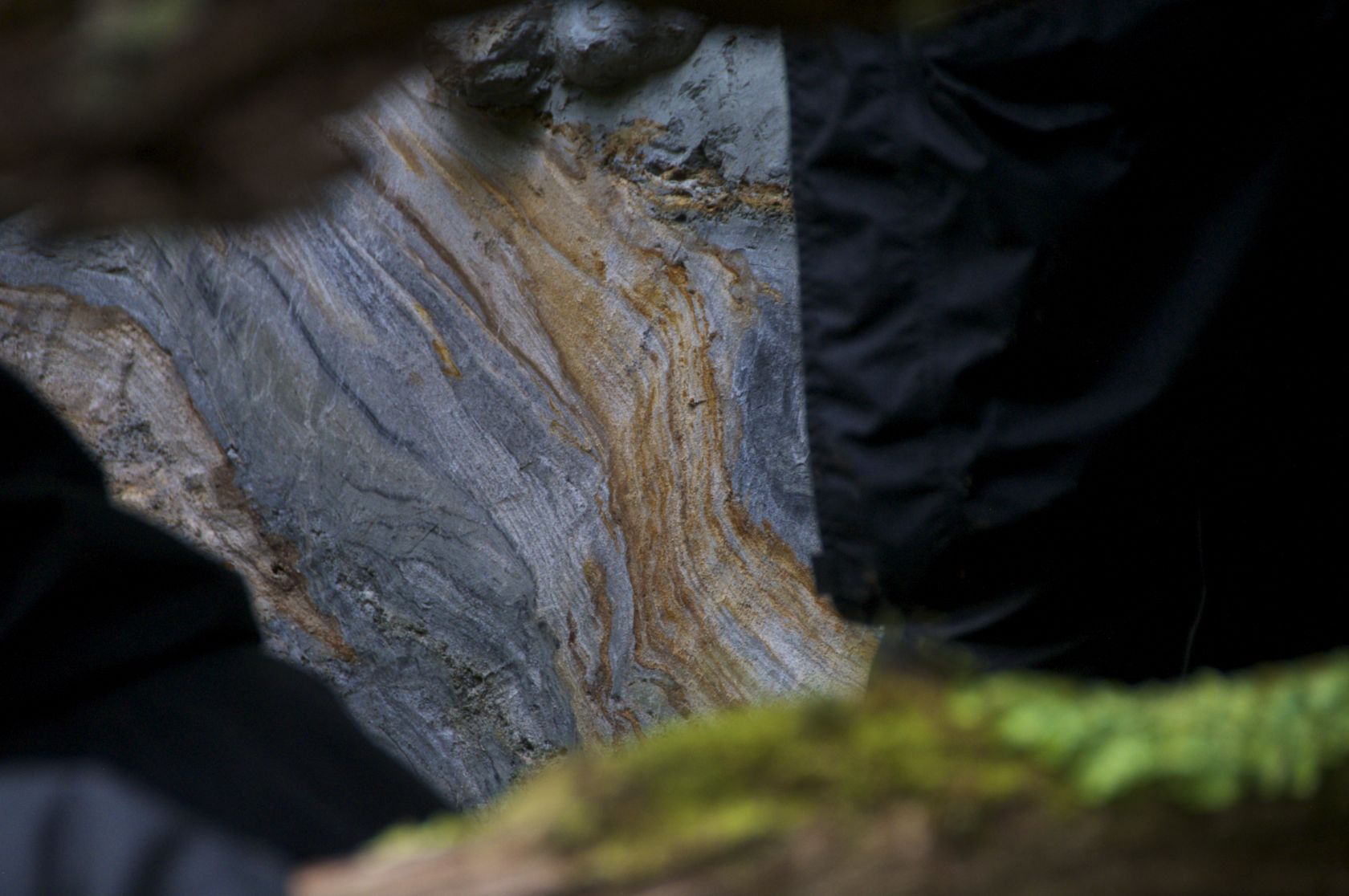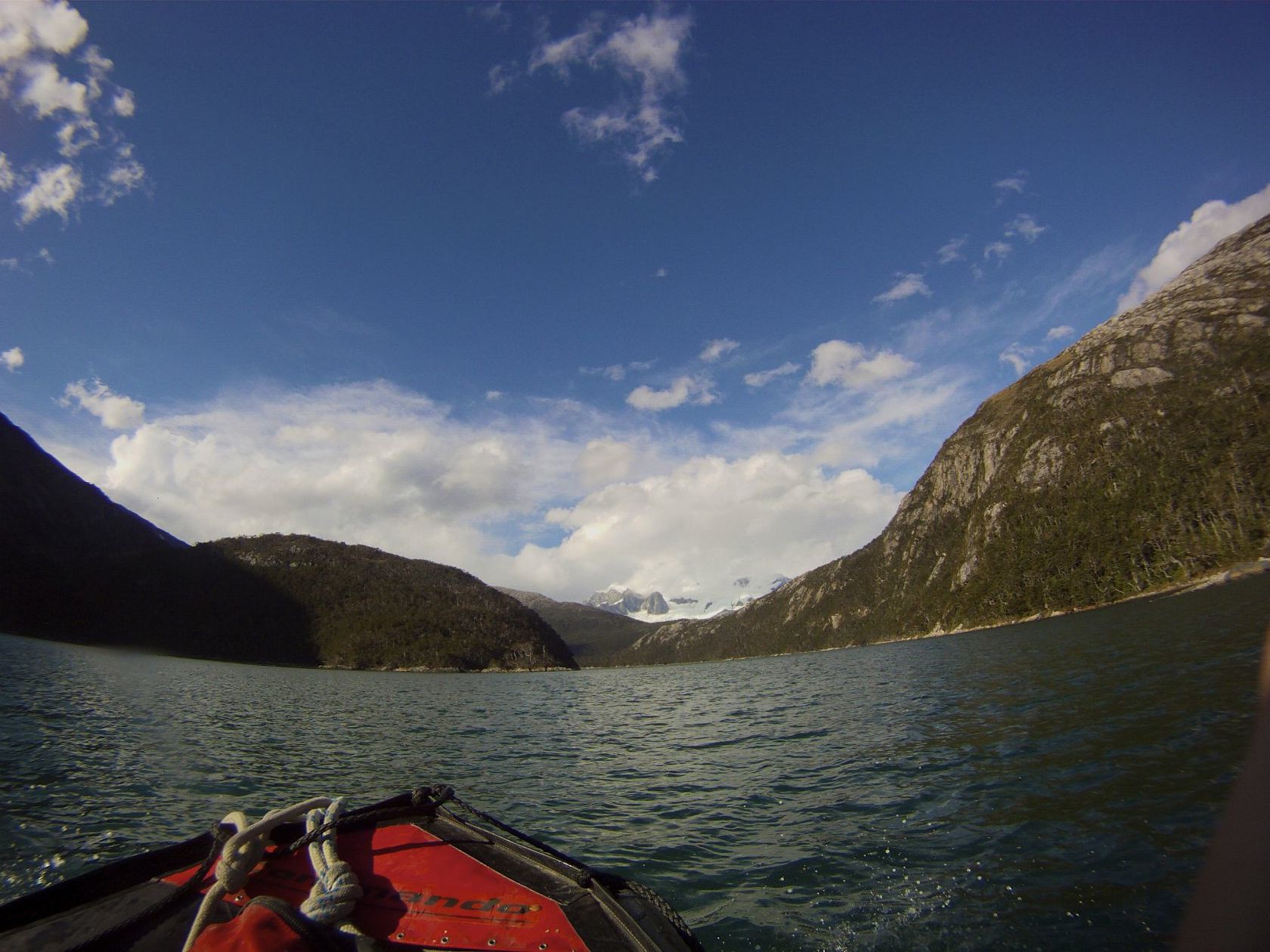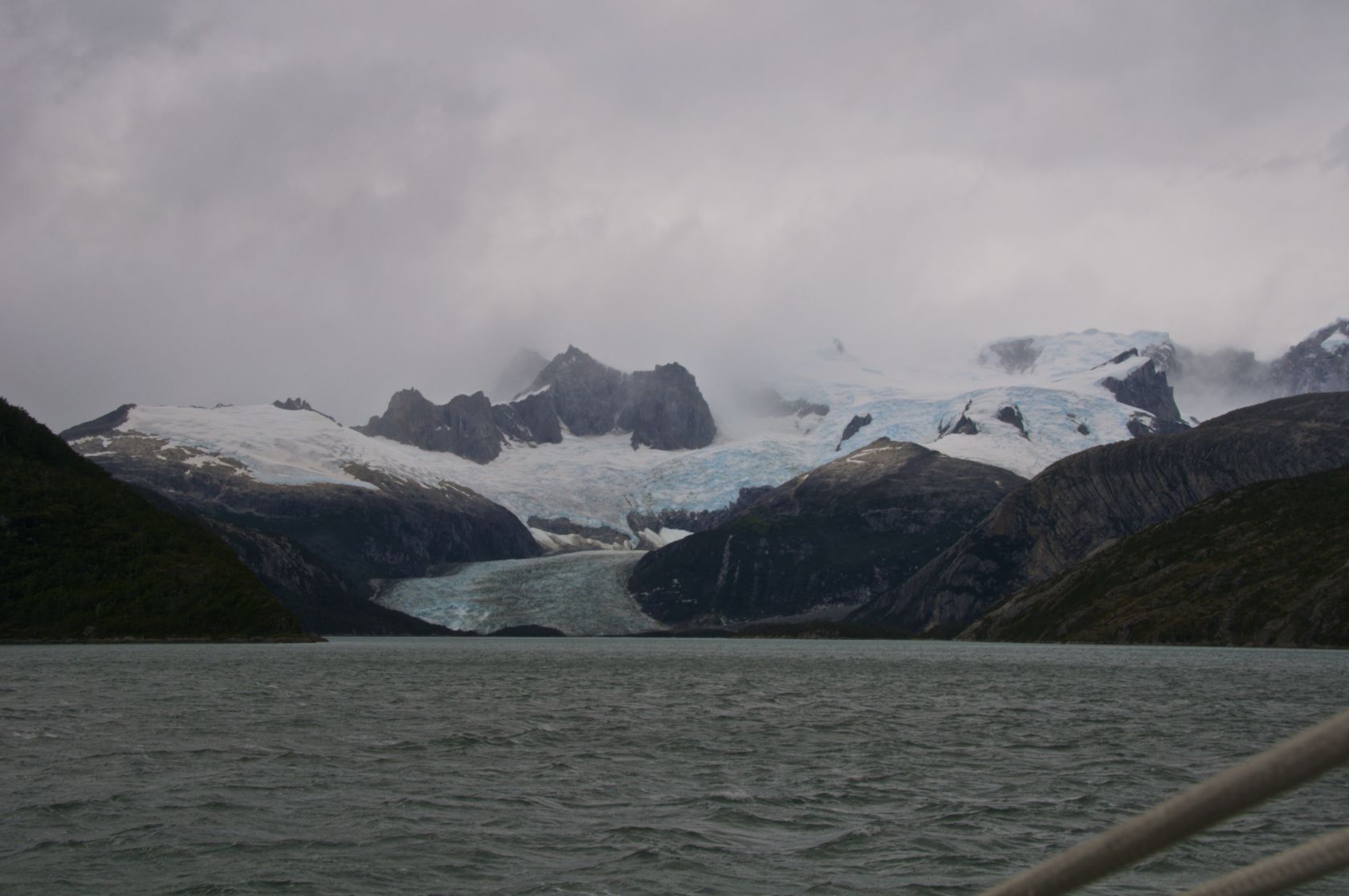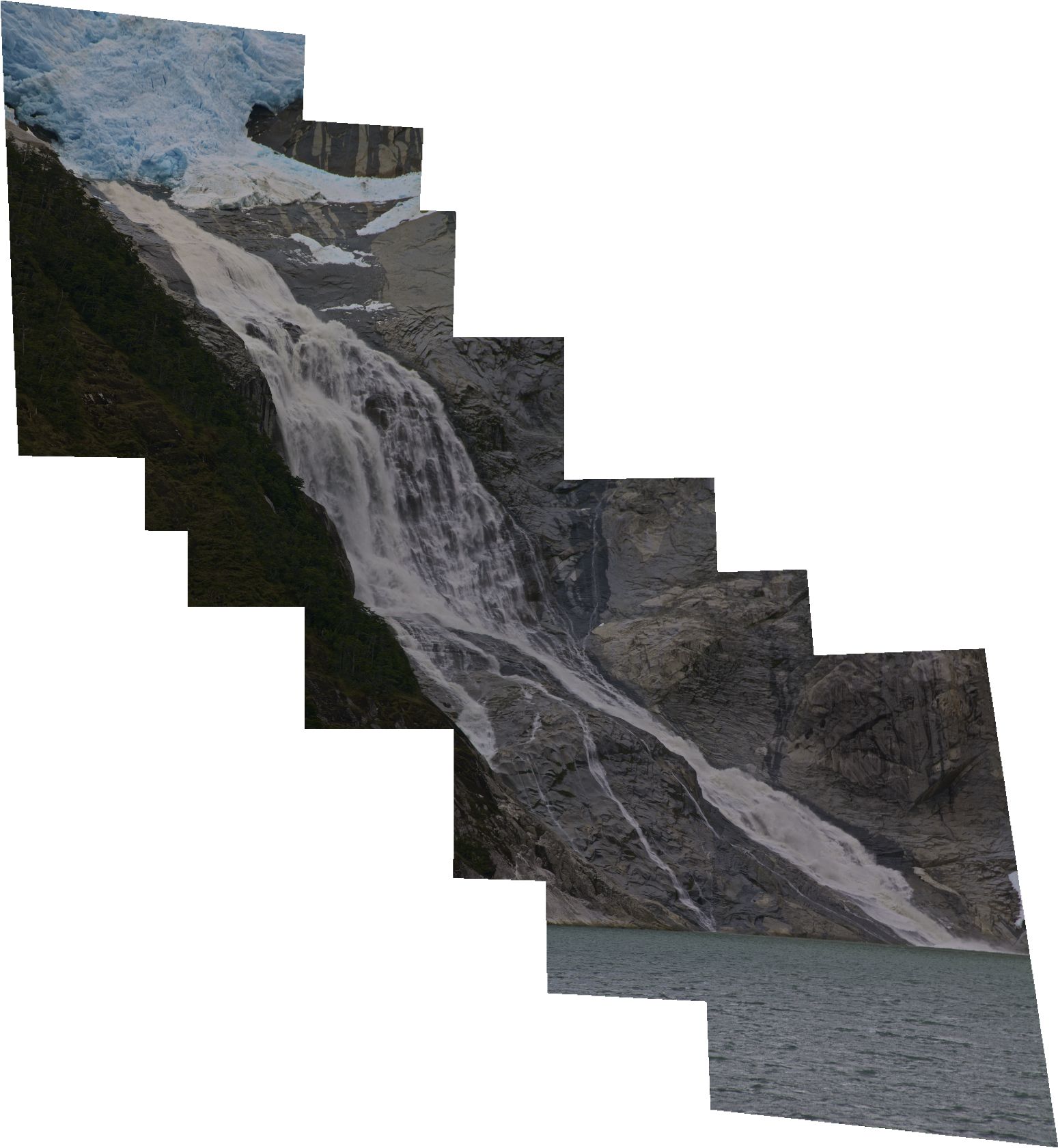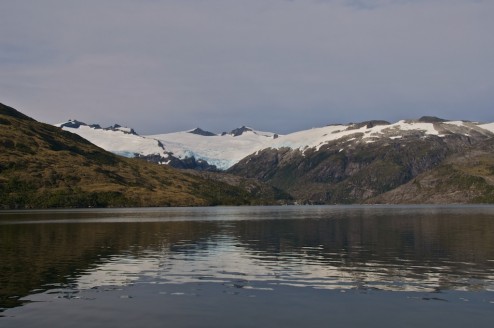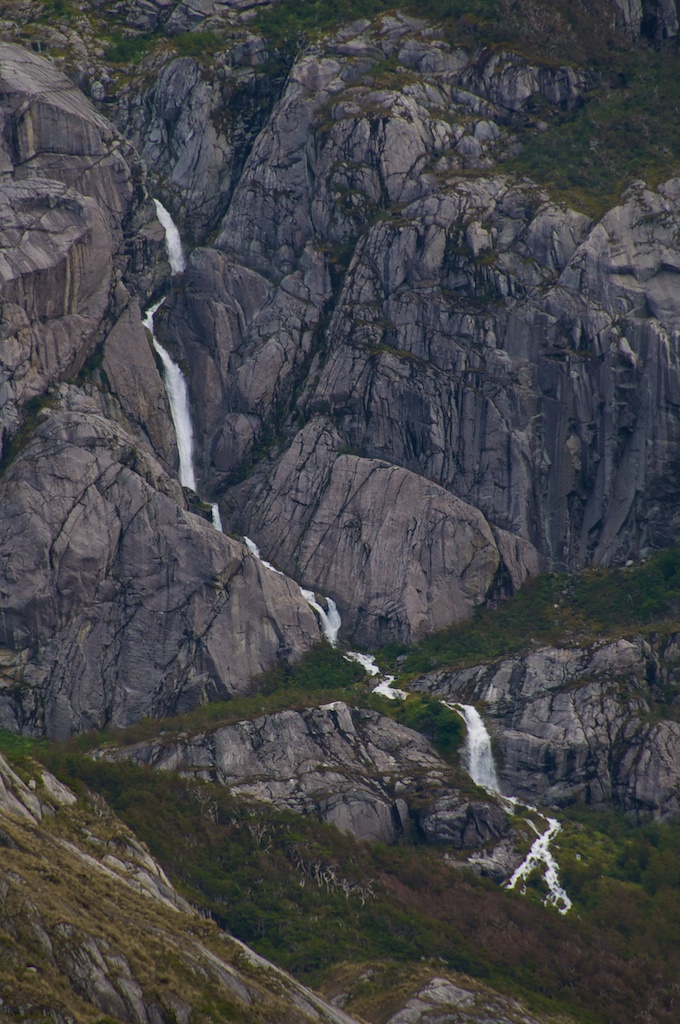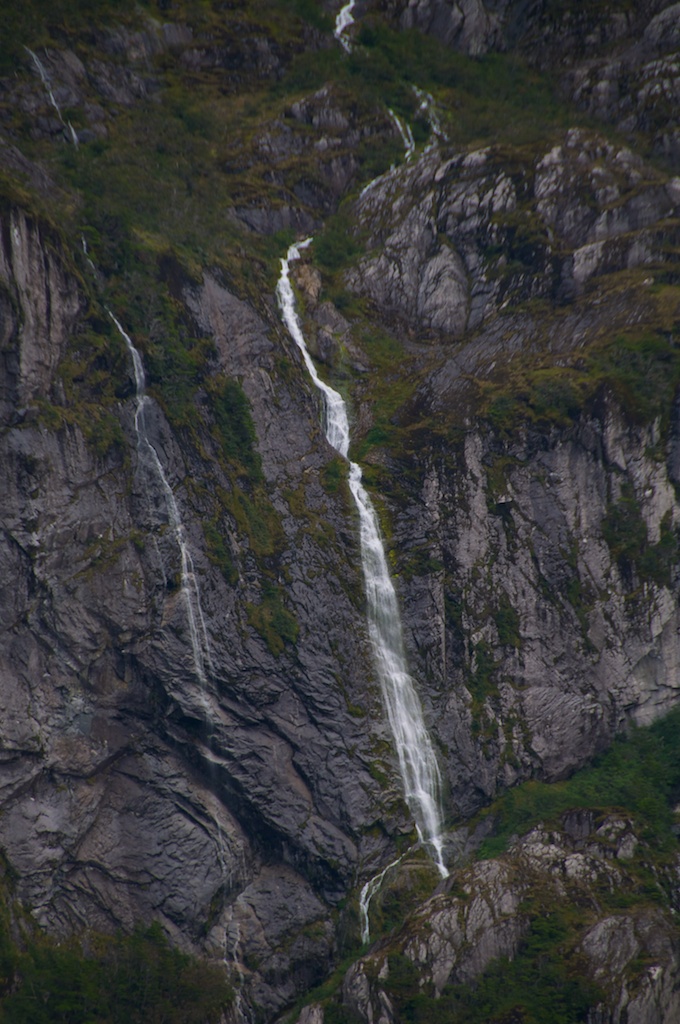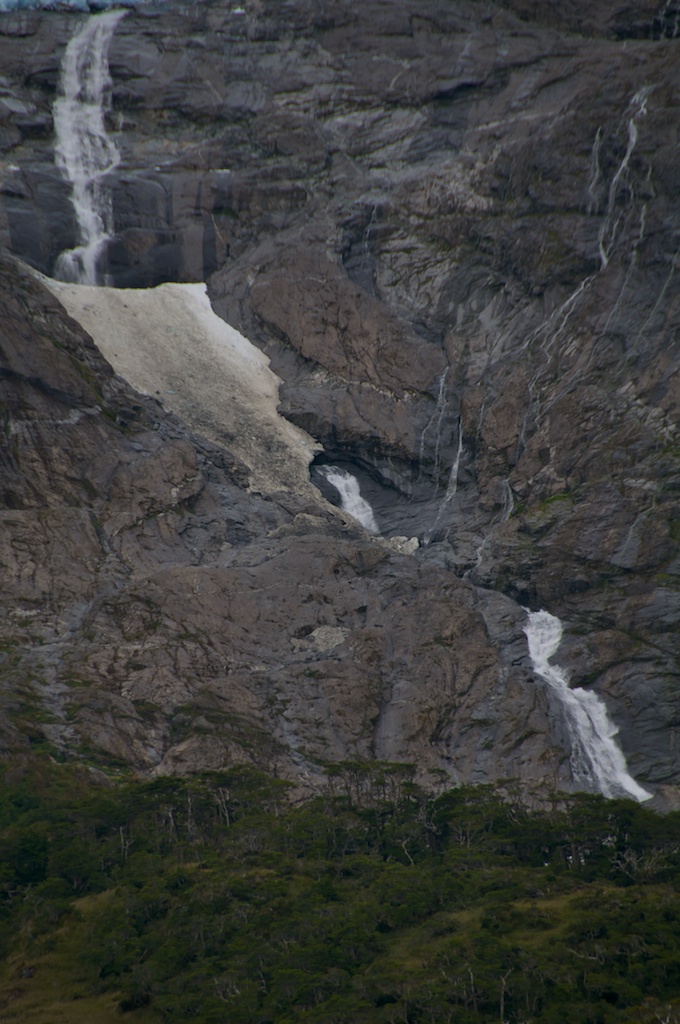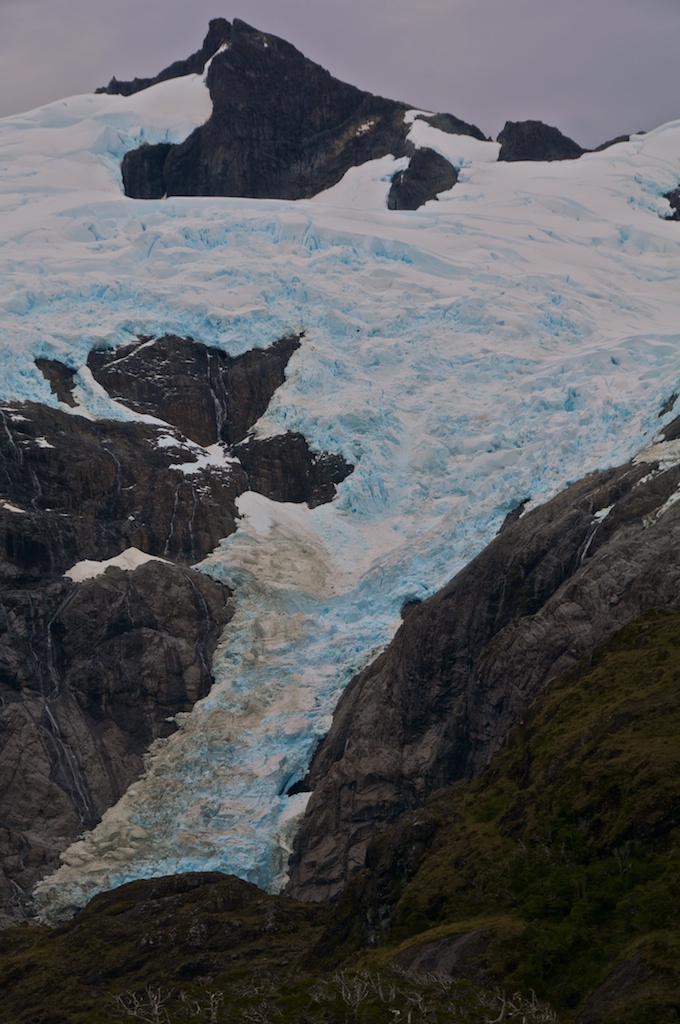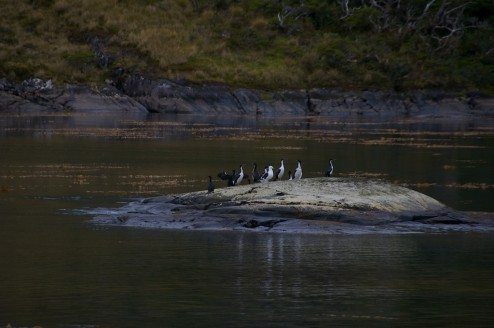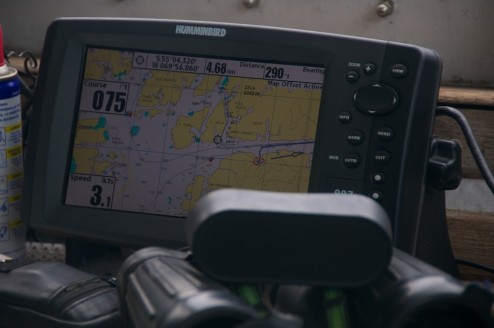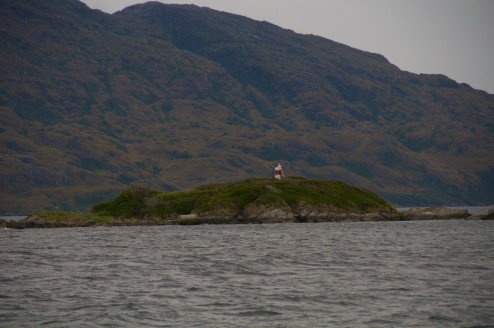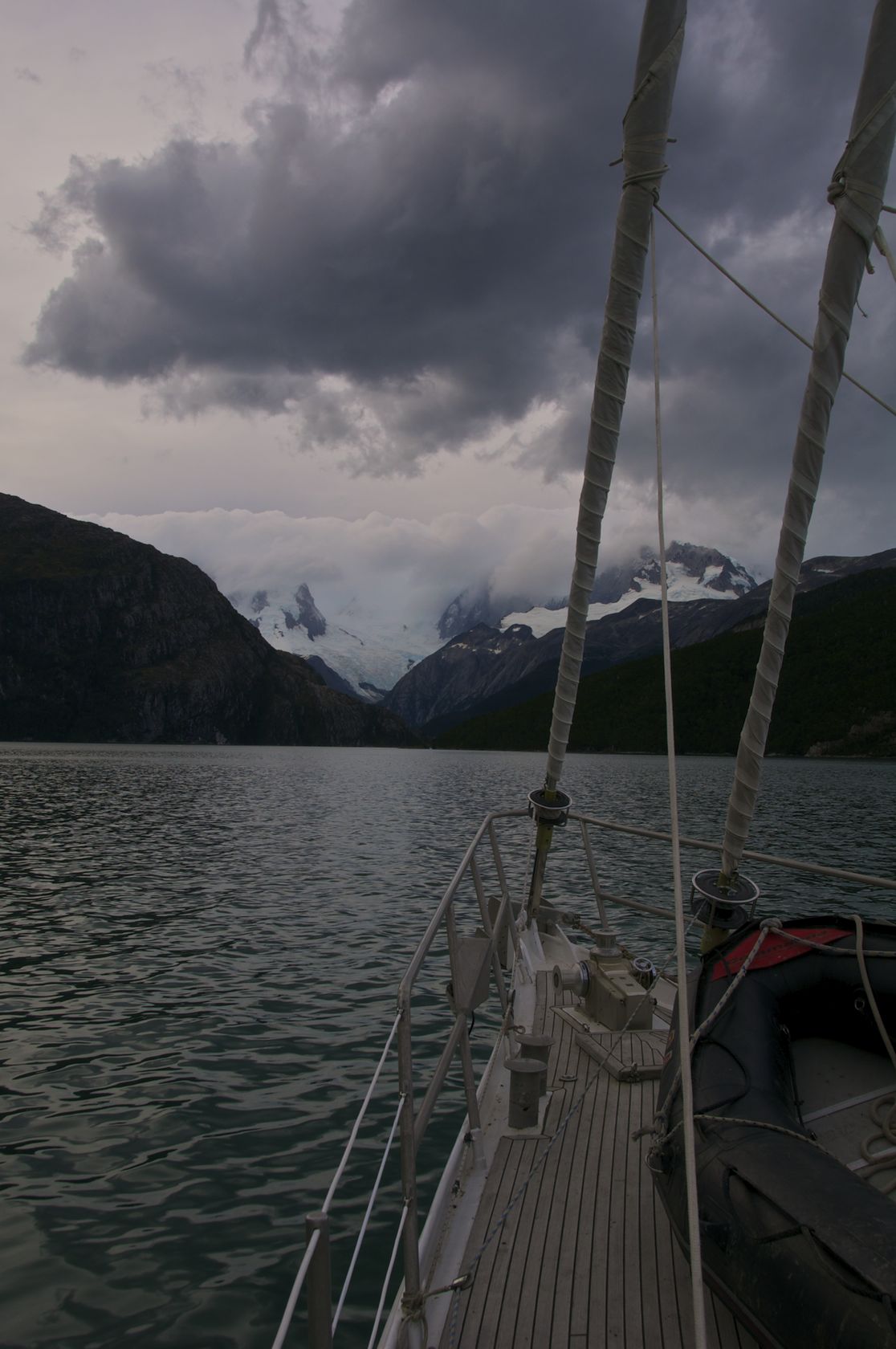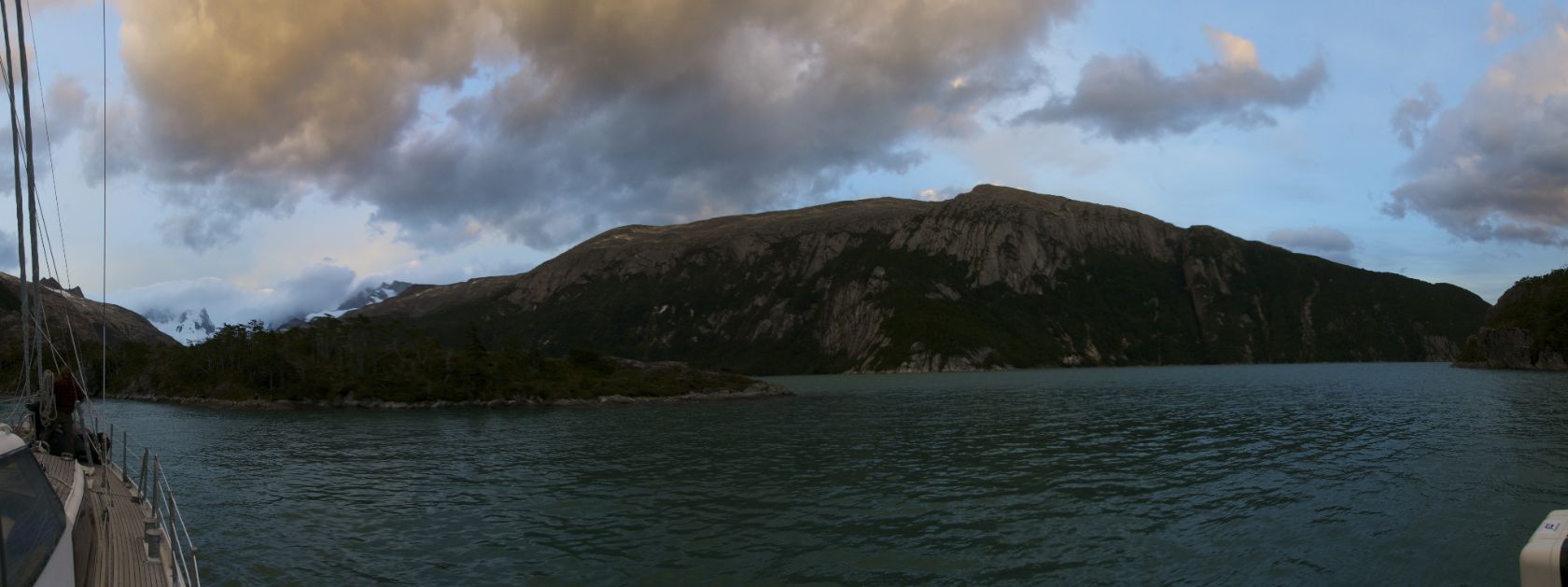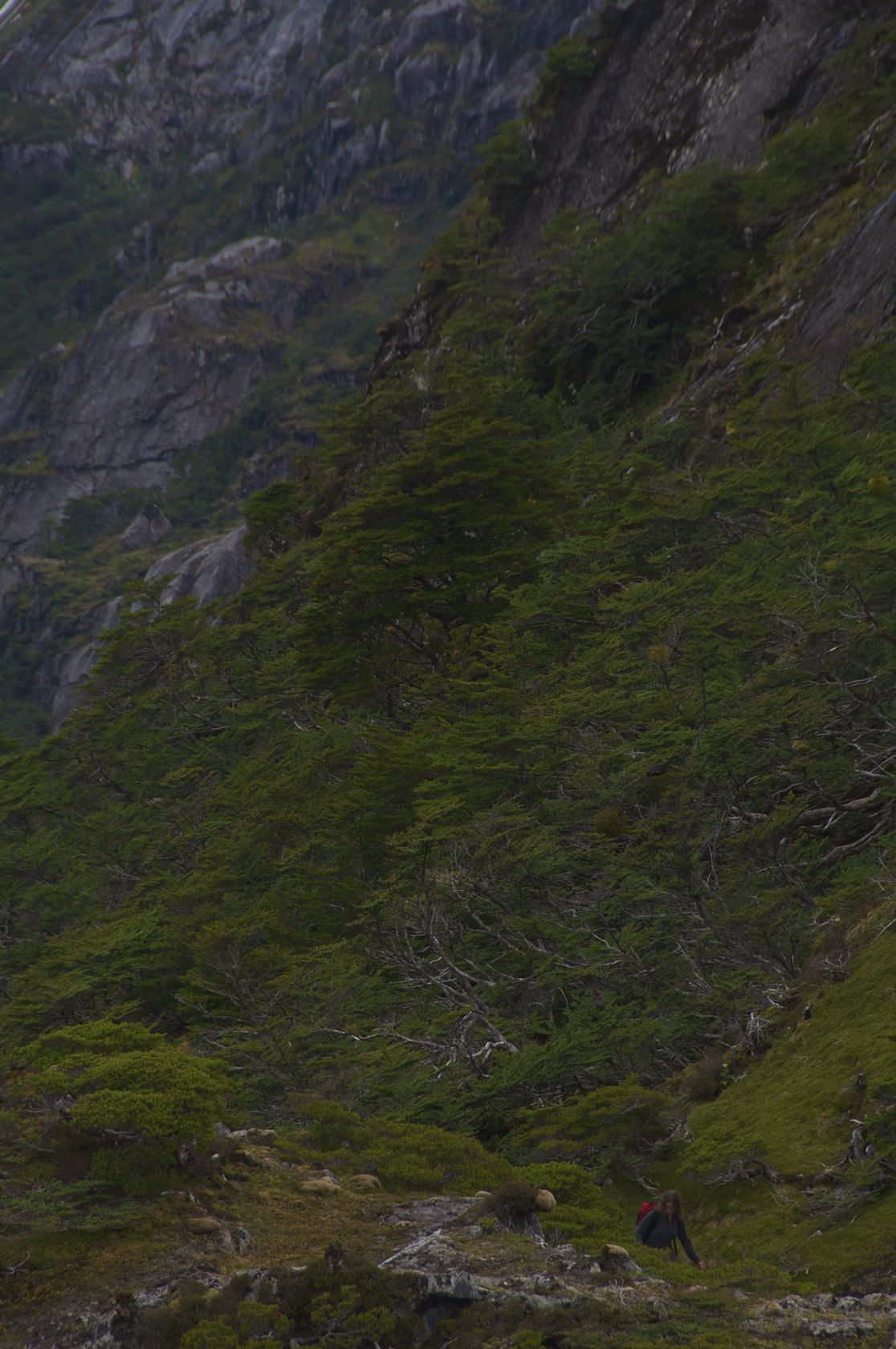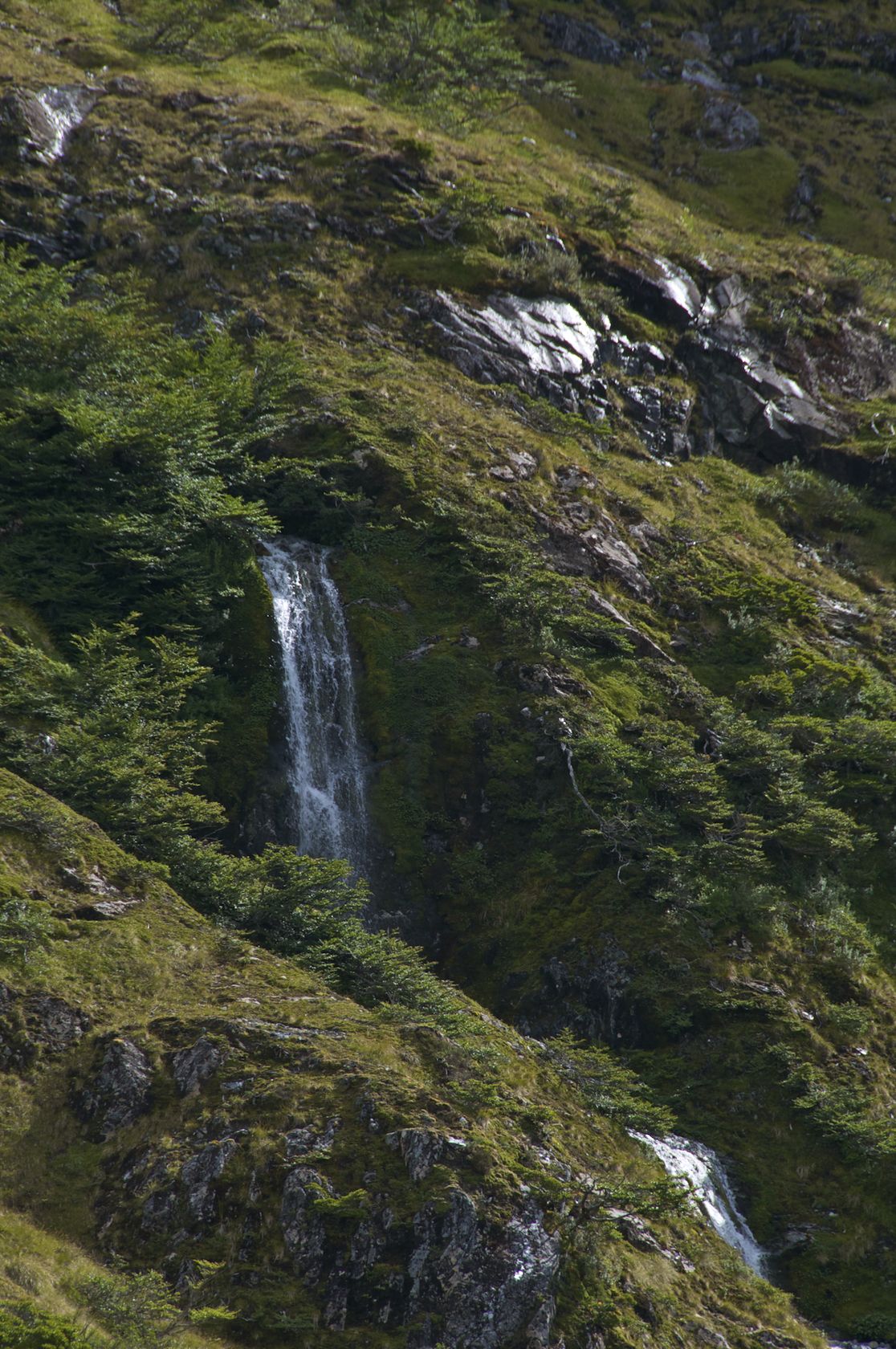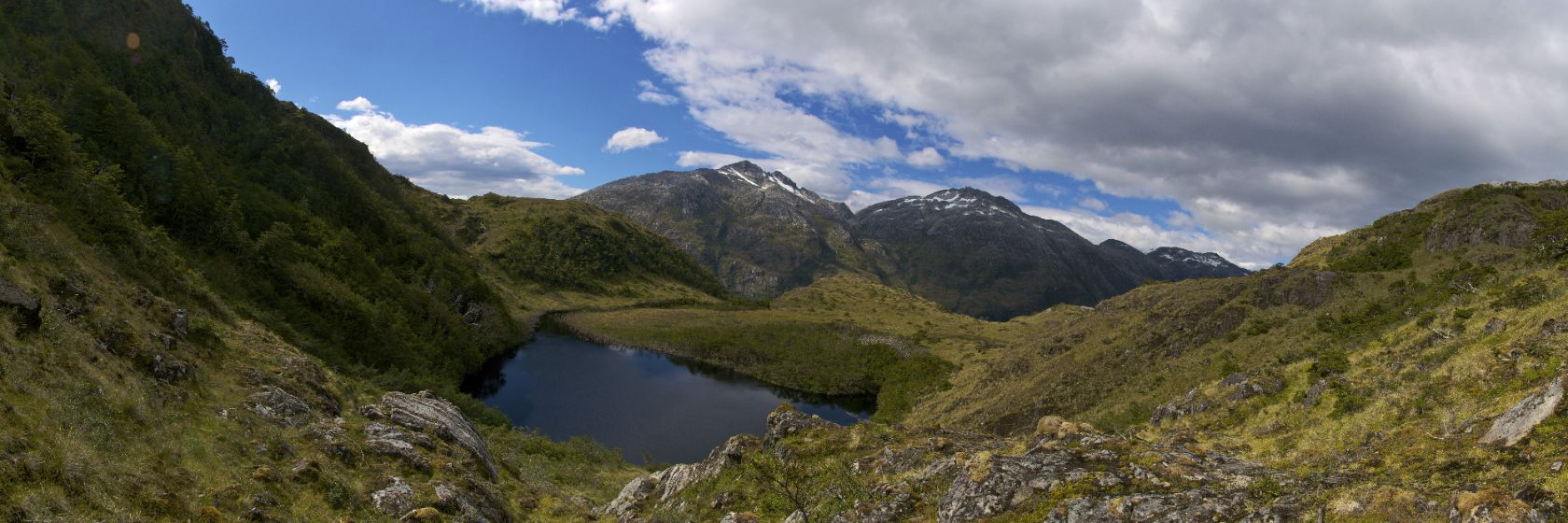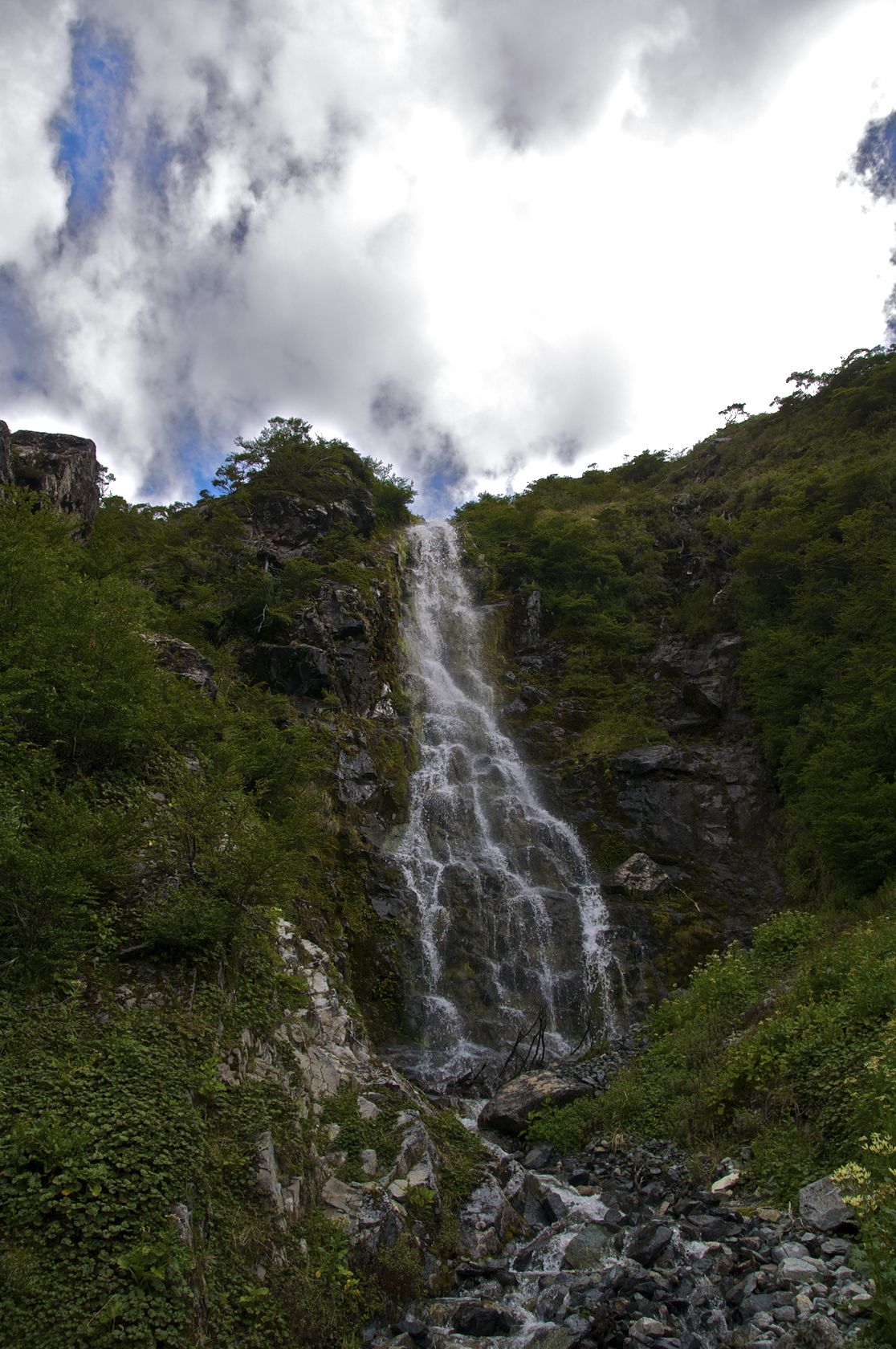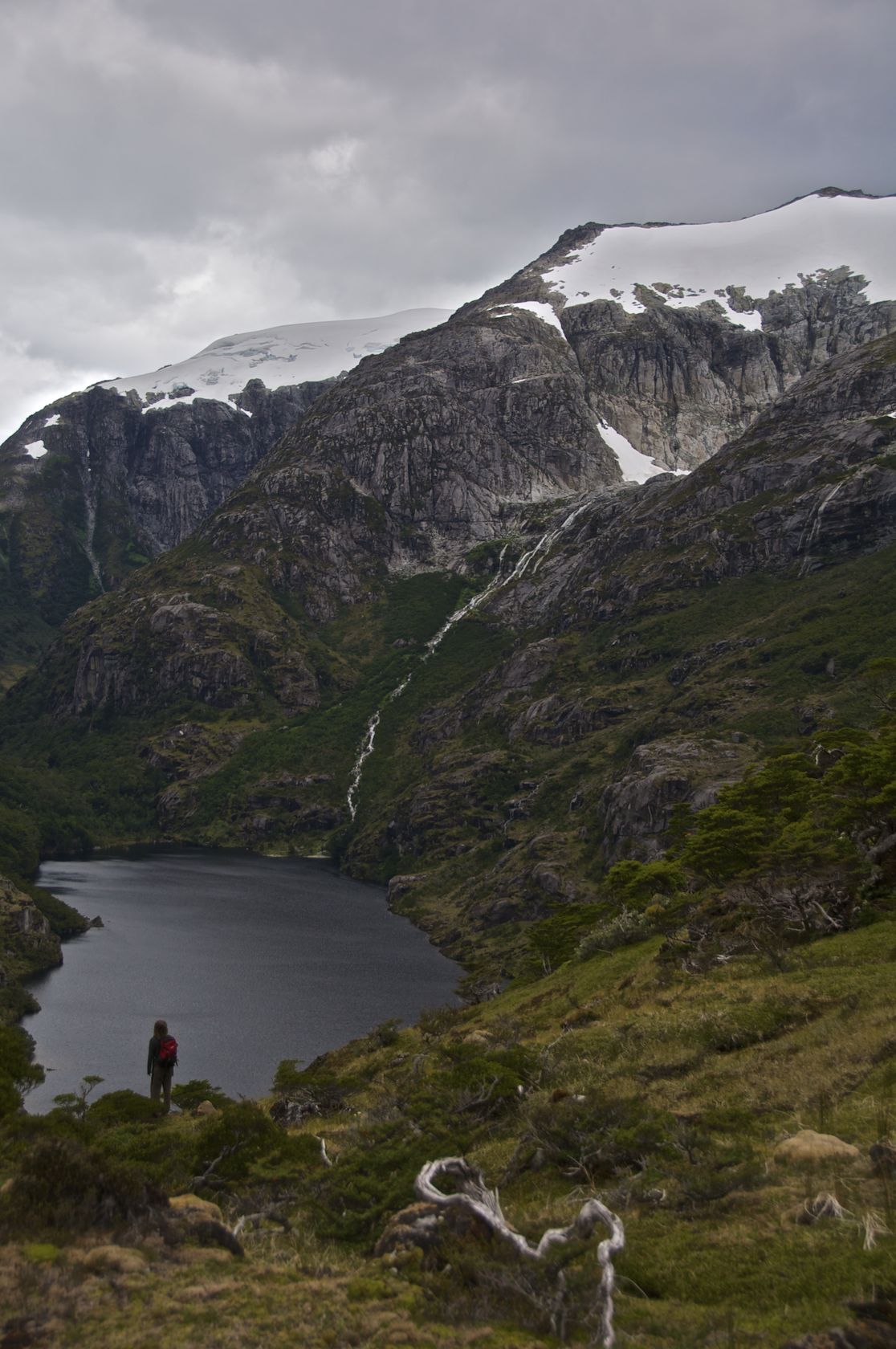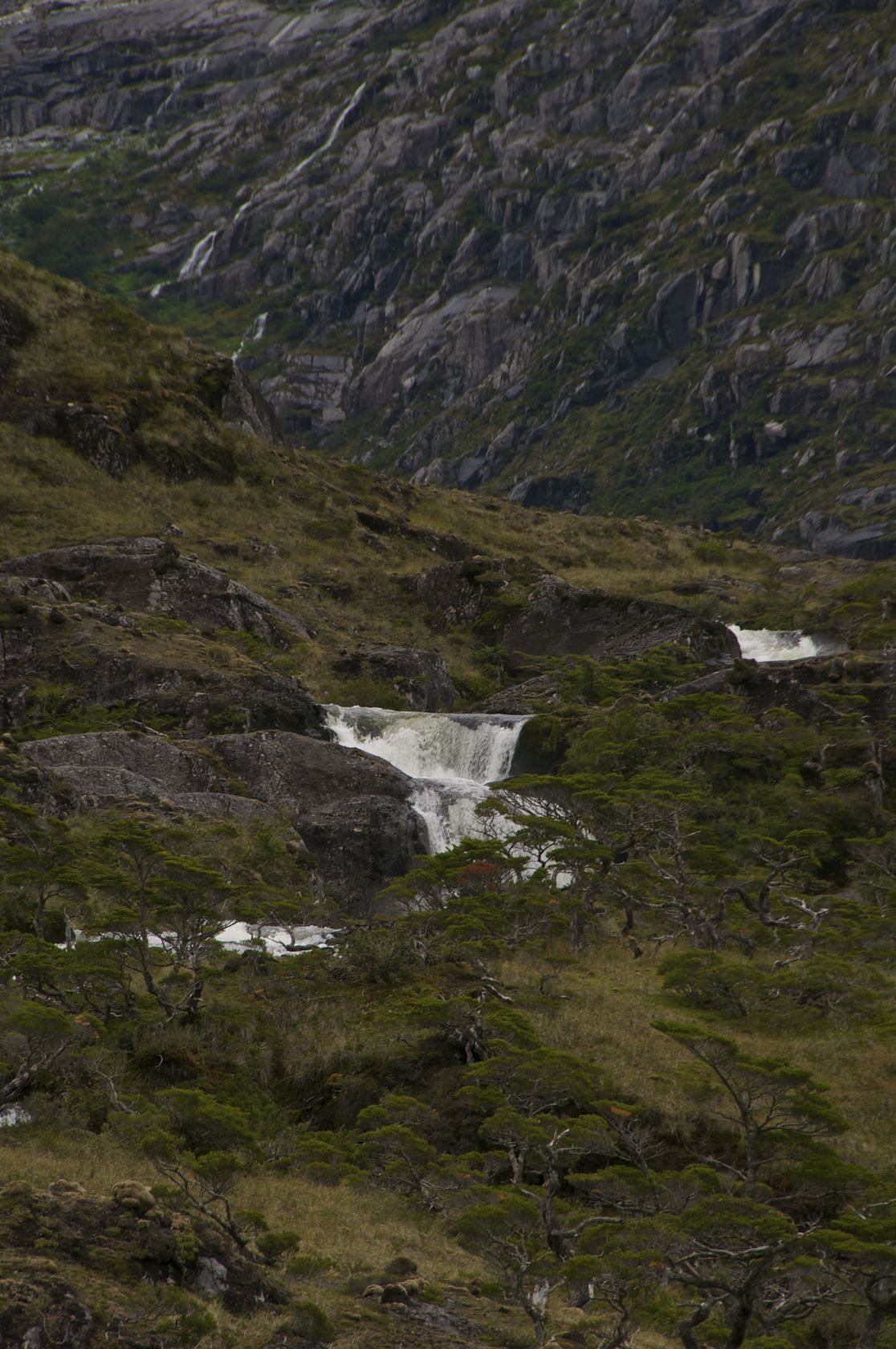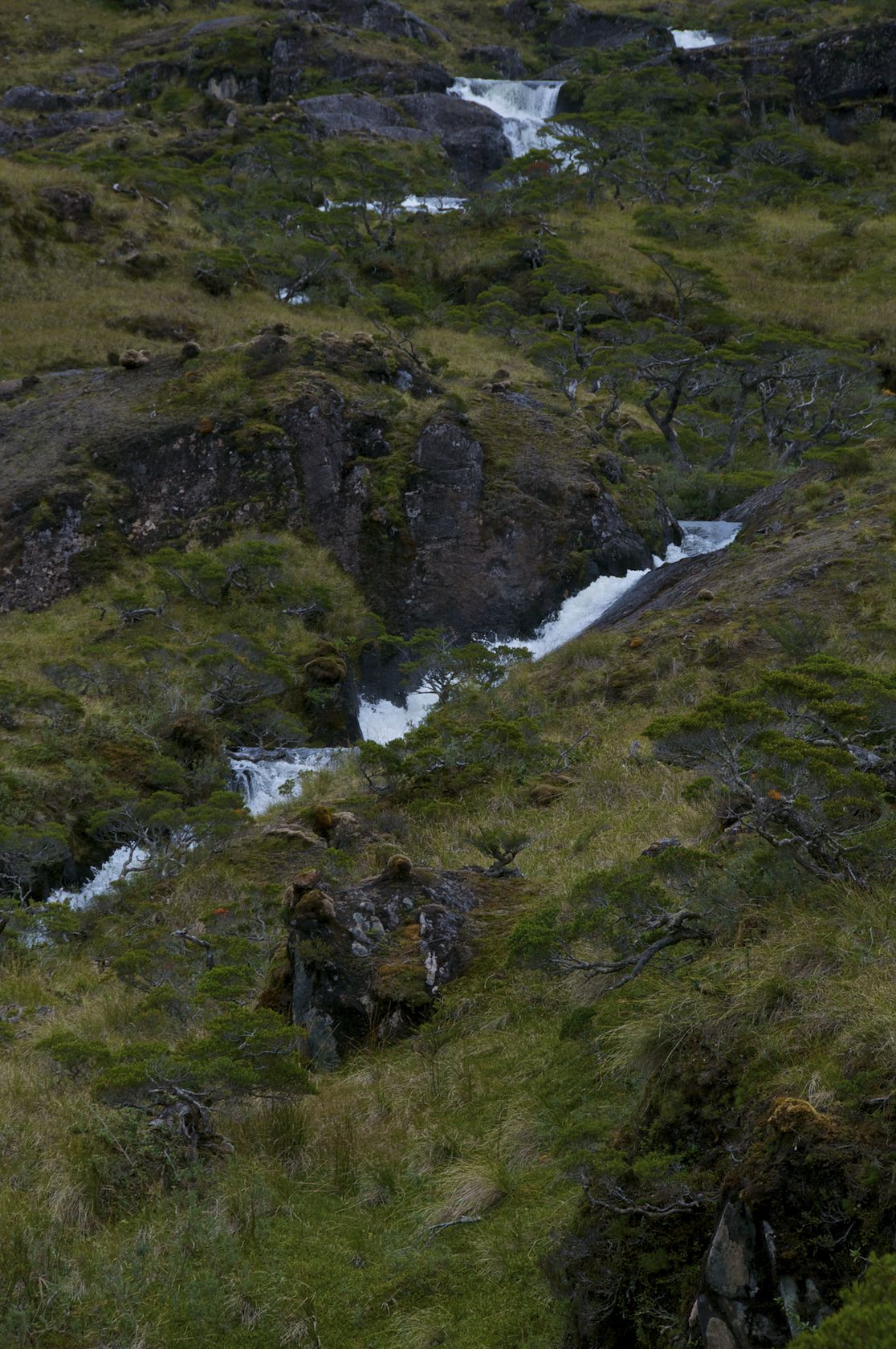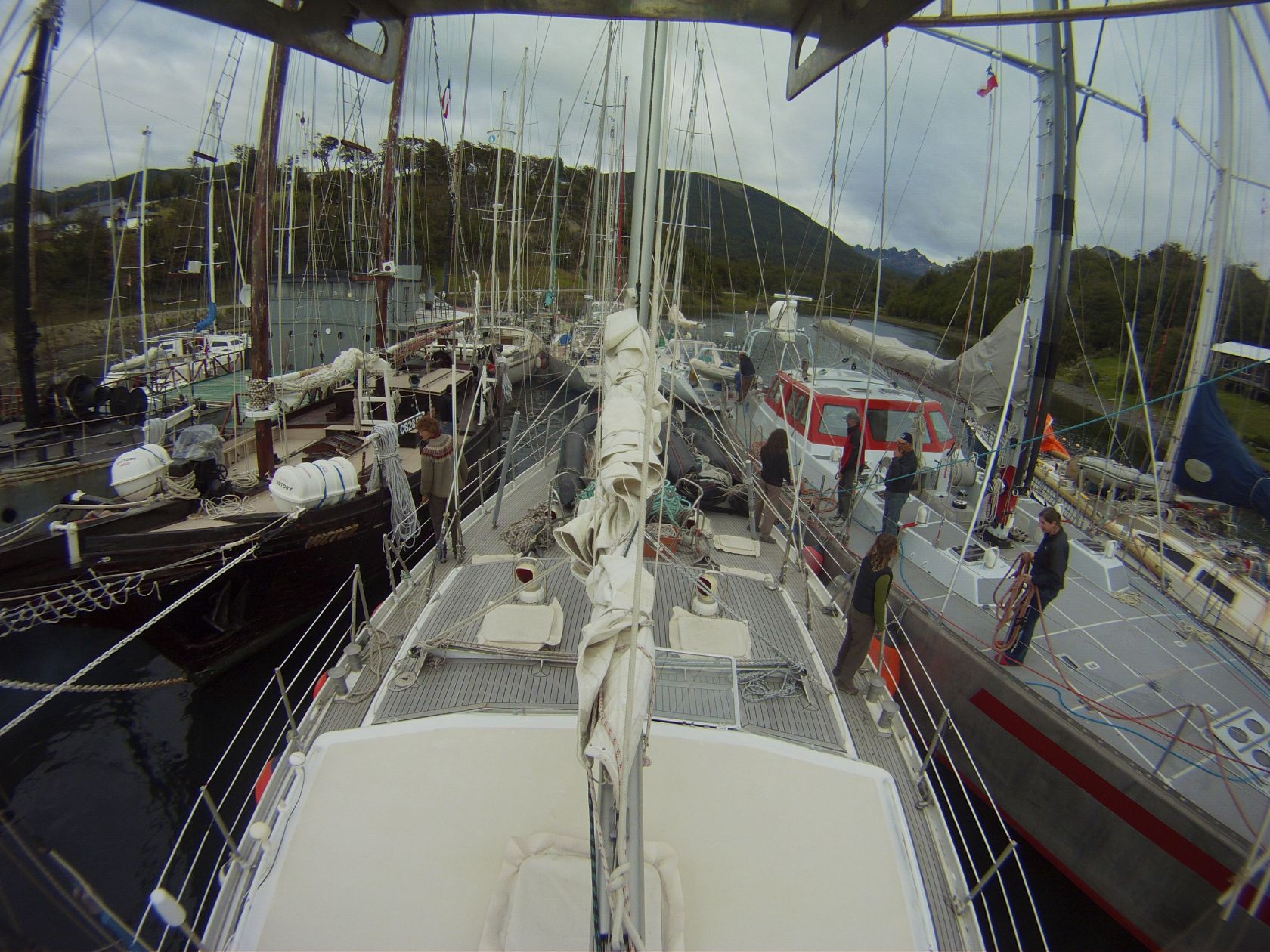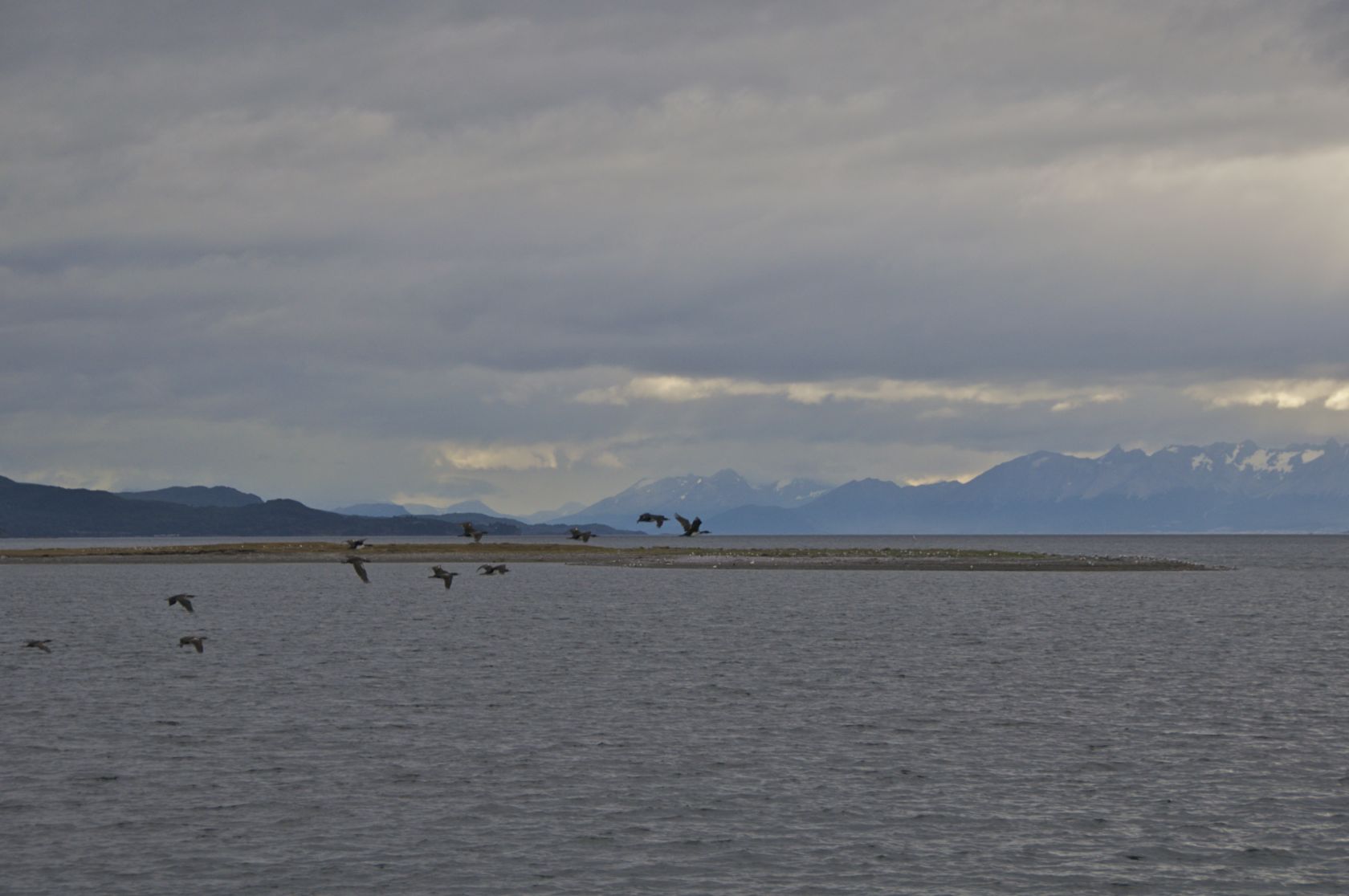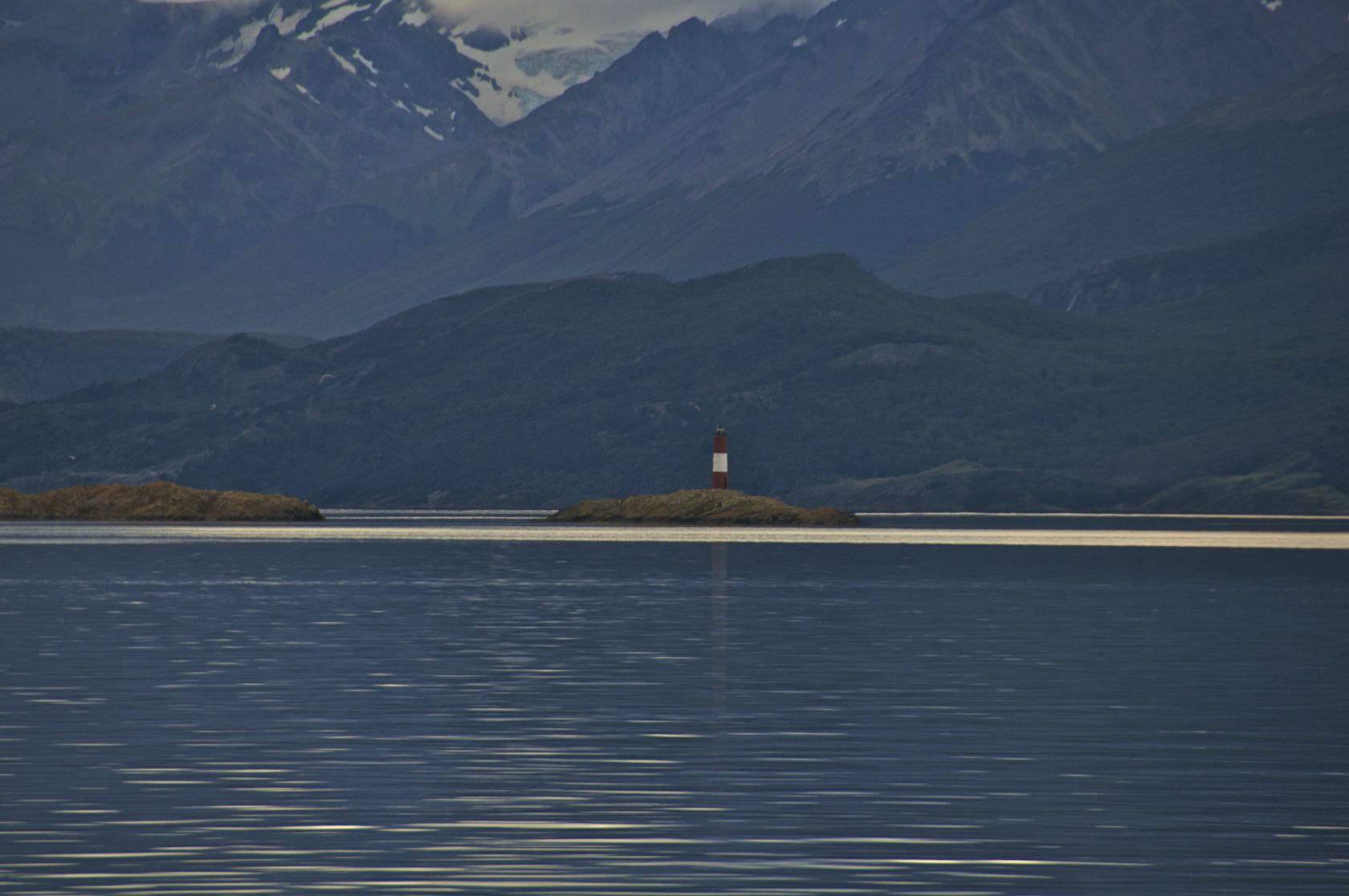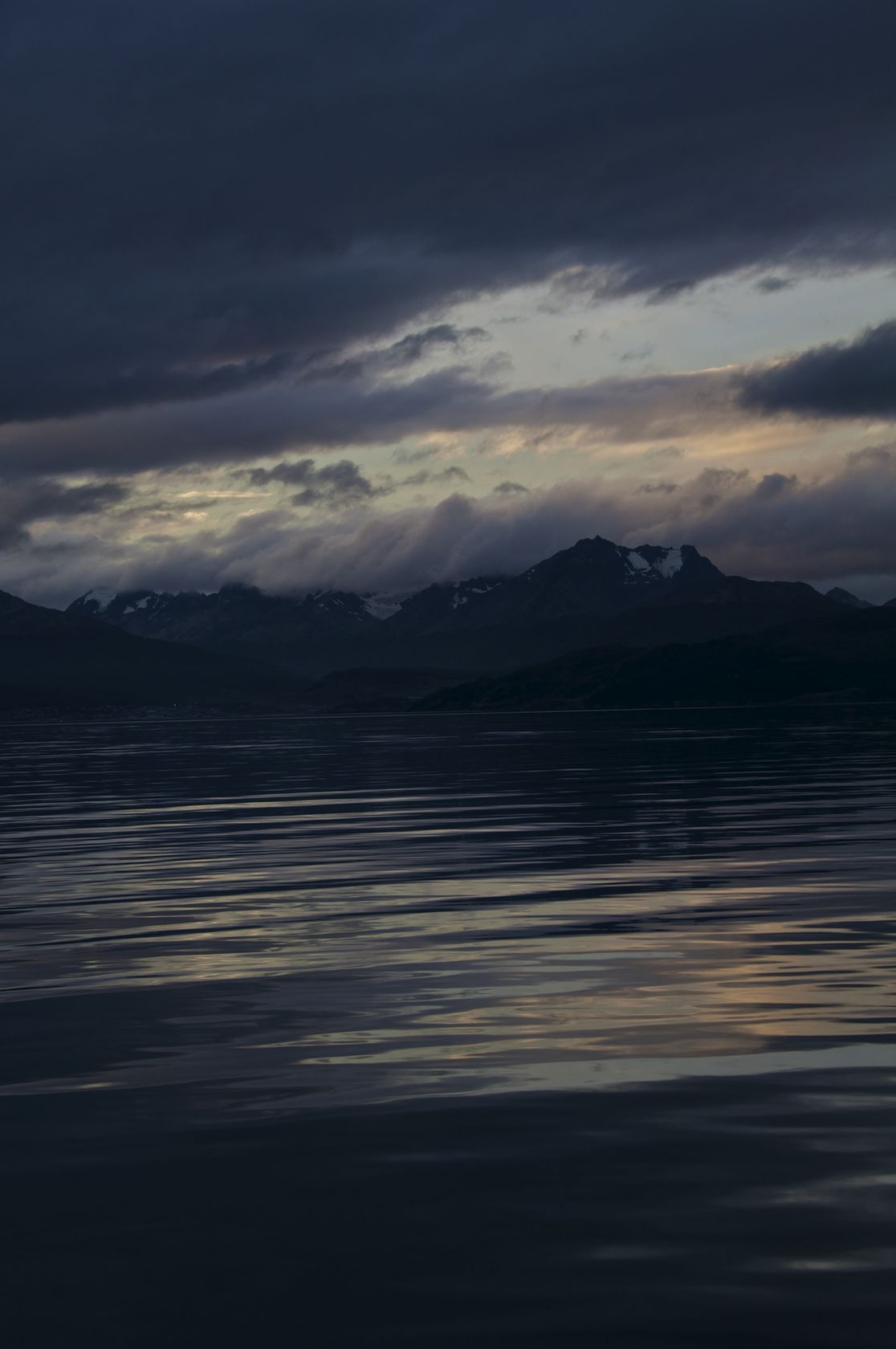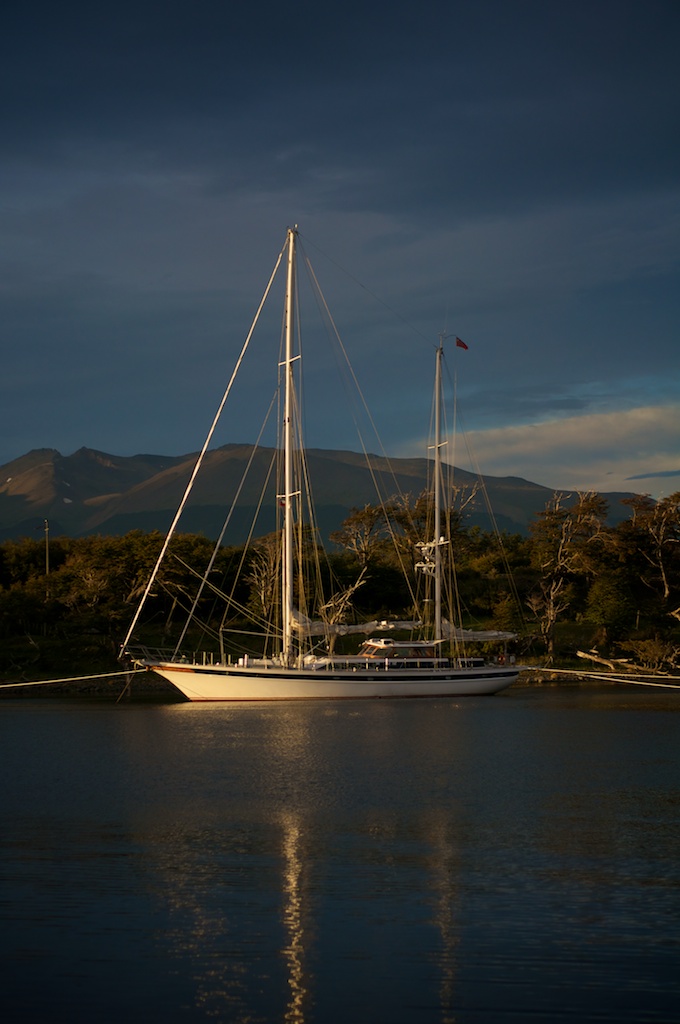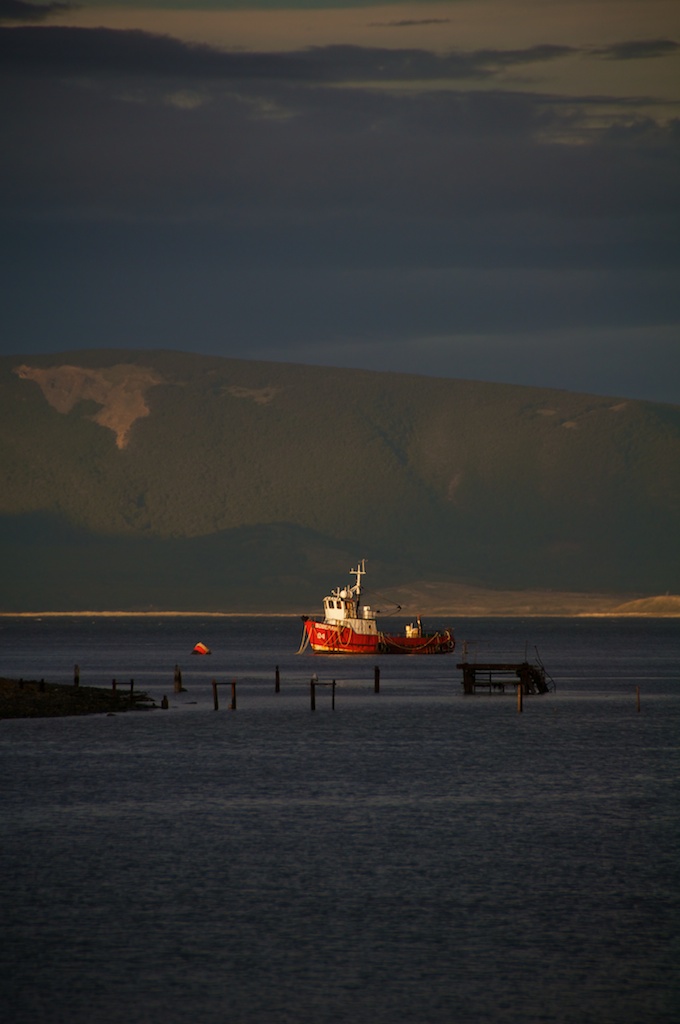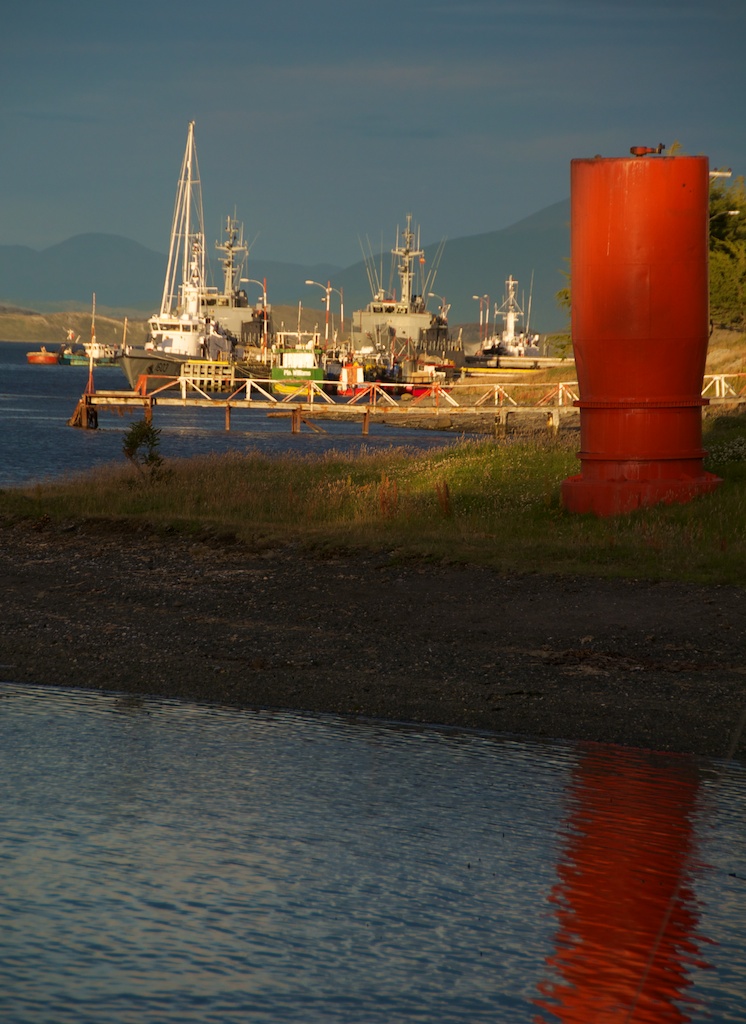The adventures of posts traveling through time continue!
It seems that most visiting geology professors at Colorado College have a knack of extracting amazing field trips from the budget. Steve Quane had two volcanology field trips to Hawaii (one of them was the same block as this trip), and another subduction trip up to British Columbia that I missed. They also can extract beer money from dining dollars because our food was paid for by the NSF...
Will Ouimet managed to arrange a rafting trip with NSF backing along with the king of river incision and his grad students, but before we made it to the river we had to drive there first.
A little gallery.
Same pictures, just bigger and slightly different commentary.
[gallery columns="5" orderby="ID" class="fancybox" link="file"]

Another paddler on the road! But we are only part way there, and later we hit some traffic in the rain...

... and their well camouflaged chaperones.
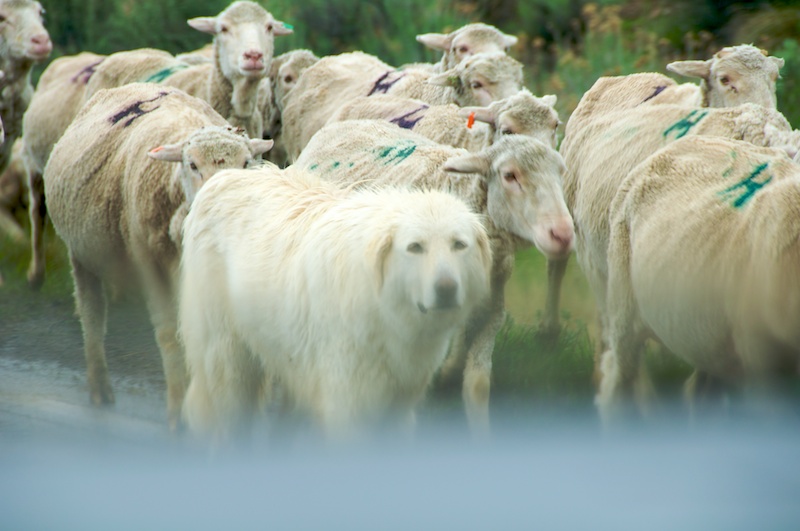
Soon we made it to Utah and the launch for the Desolation and Gray canyon section of the Green River. So we launched.
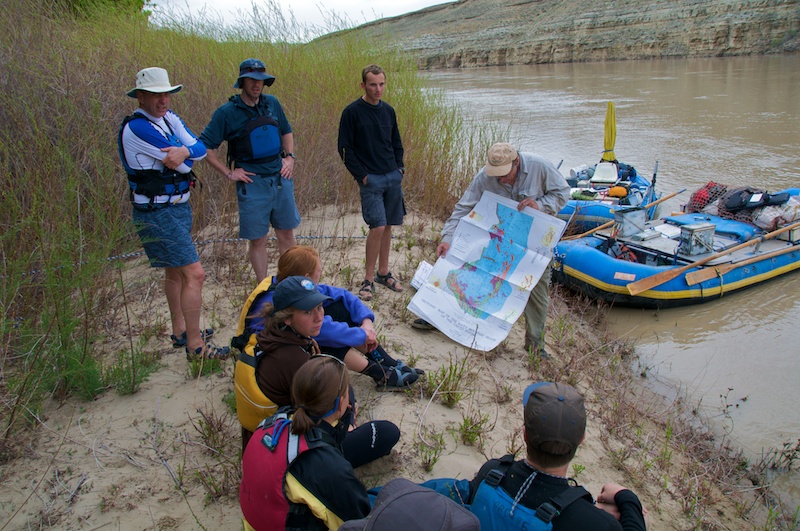
Will found some rocks.
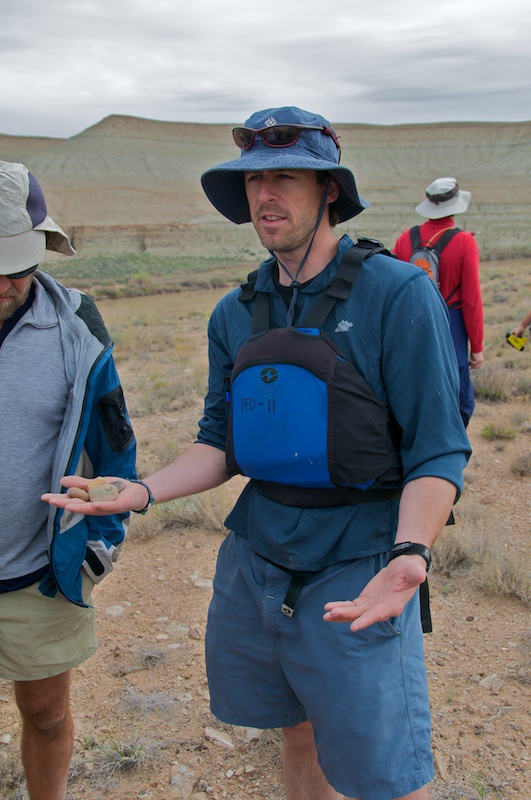
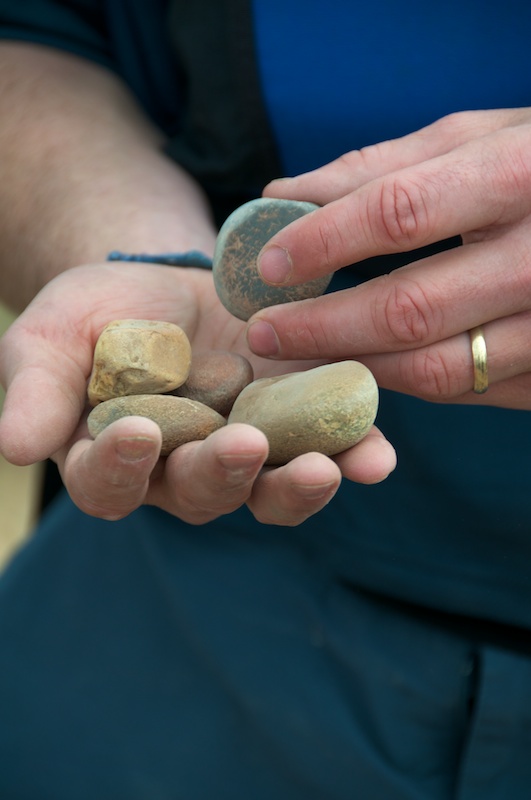
So we took some pictures of them.
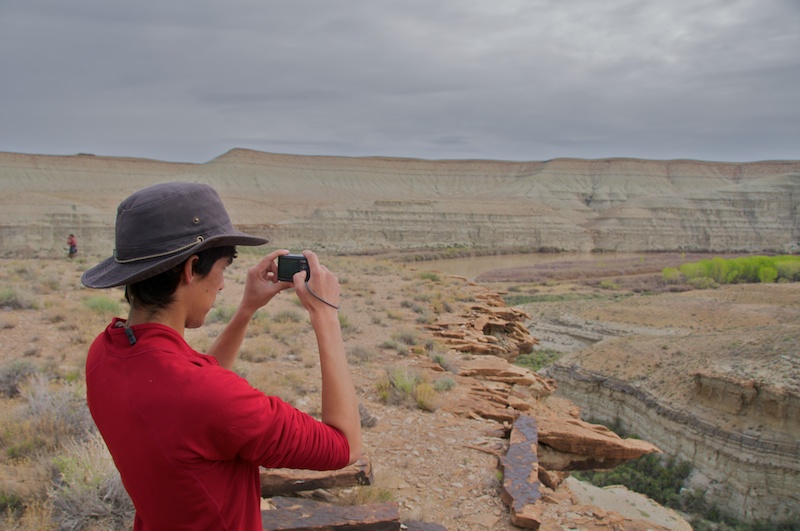
Kira slipped back into river guide mode.
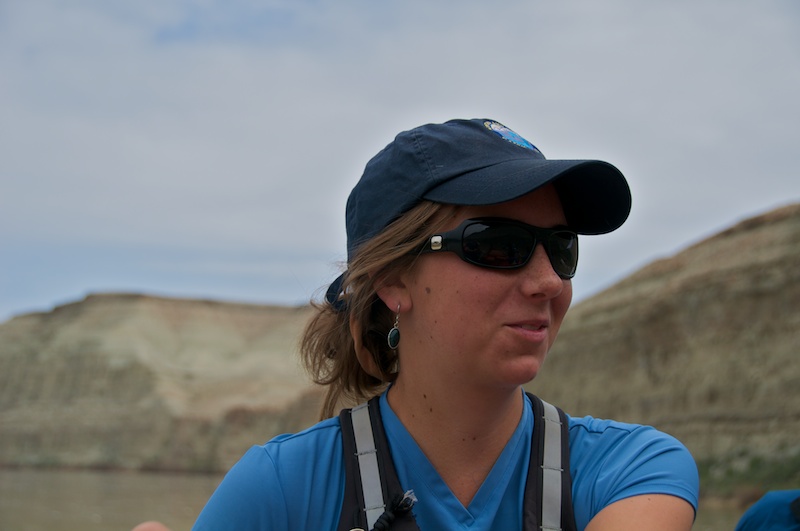
There was some small scale deformation in the canyon walls...
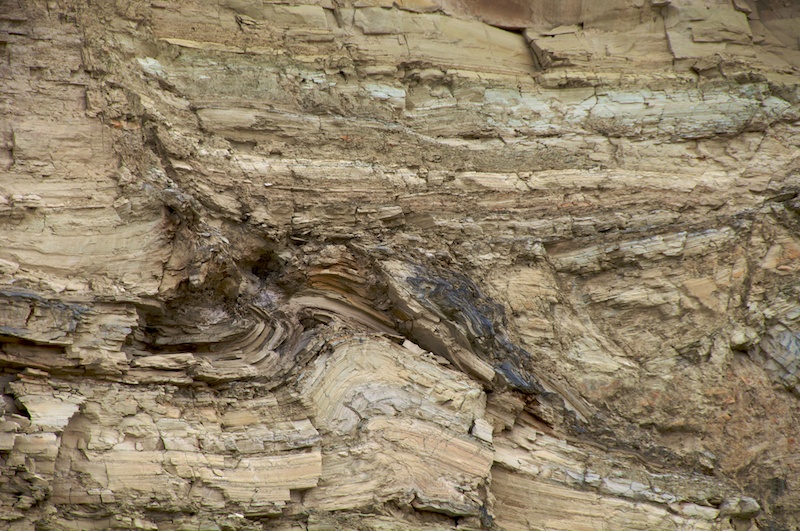
... and the type of sediment that I like. Nice, solid and polished.
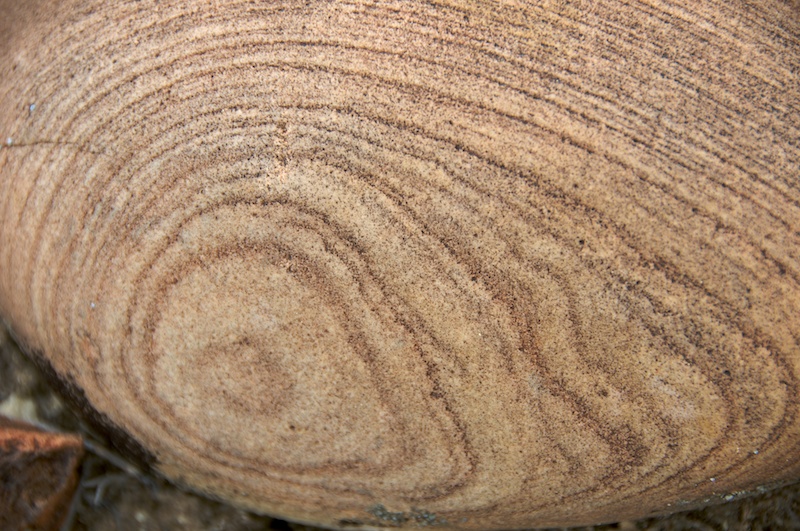
Some interesting erosional features when the strata has be upturned.
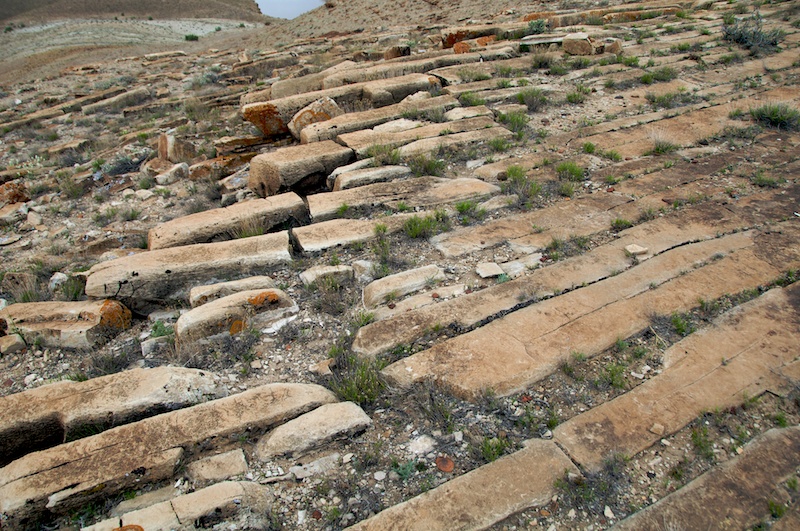
Eventually I took one of my most favorite kinds of pictures.

Elliott found a couple of rocks that he was interested in that weren't at river level.
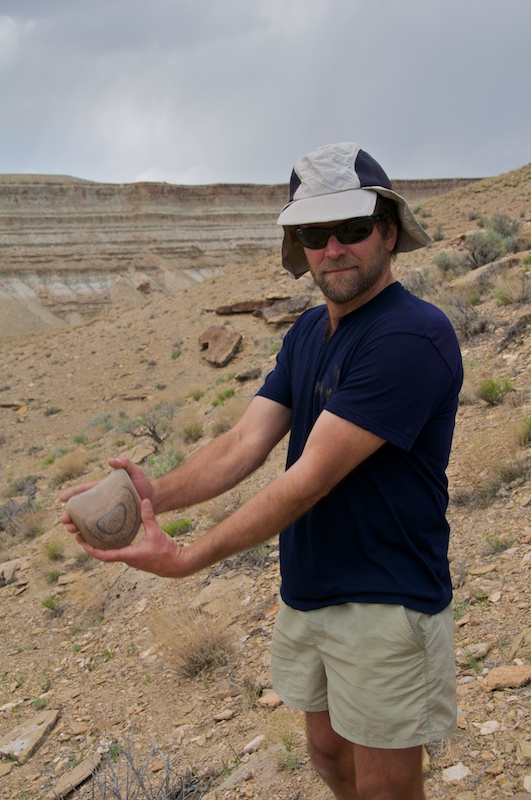
Andy was one of the grad students from University of New Mexico, and this field trip was key for his doctorate. This trip was a scouting mission so that he could find surfaces that he could date in order to track the change of river incision rates and knickpoint migration through time as the Green River has been affected by the Colorado River.
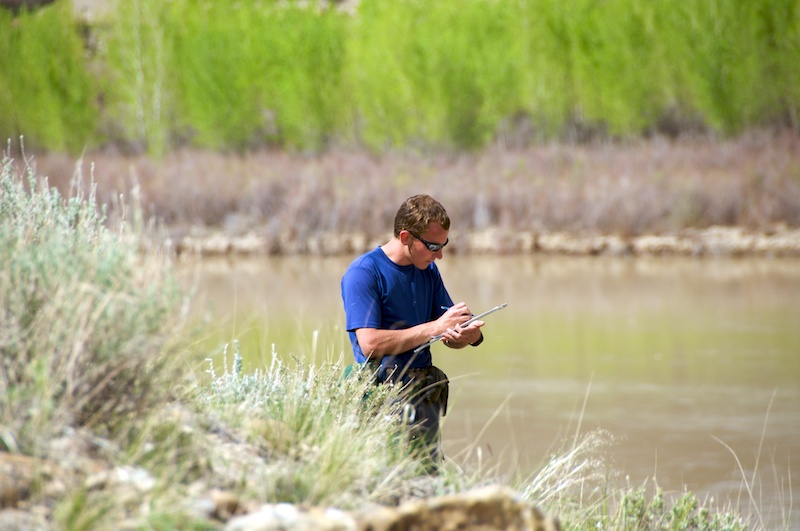
We found some old abandoned boat among the banks.

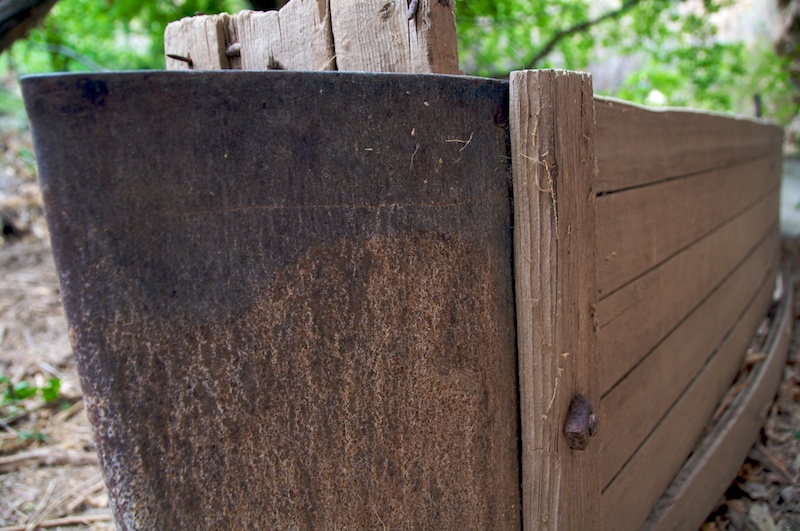
Bruce Coriell, the school chaplain came, along as one of CC's rafting experts. He also turned out be be an expert in beer selection for river trips, and introduced me to my current favorite beer, Old Chub by Oscar Blues. He also has a flowery umbrella to avoid the sun.
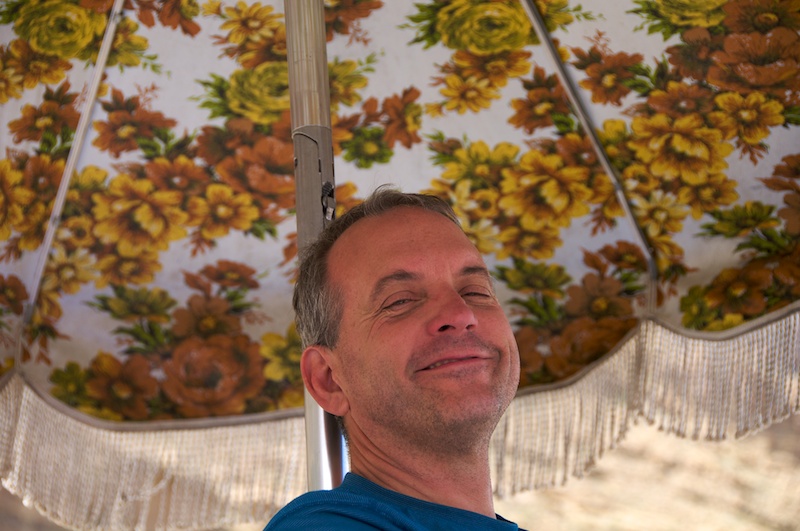
Having such quantities of beer (and margaritas and...) led to some fun river games very late at night.
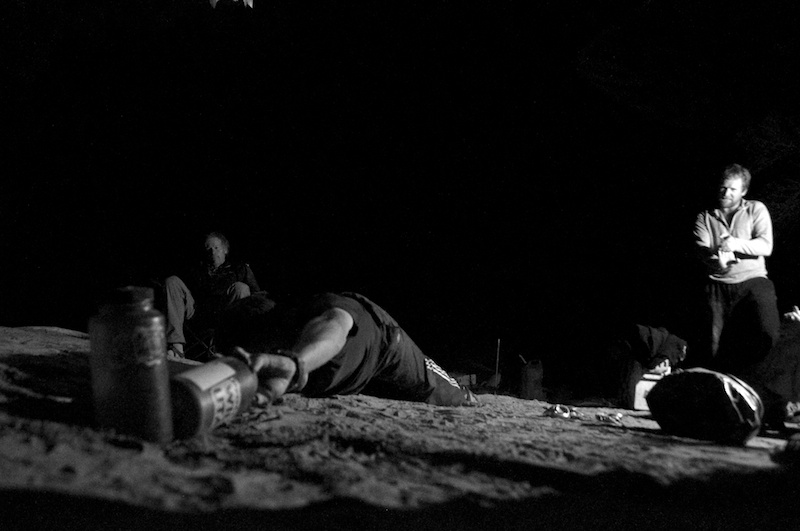
And late night river games lead to even later night crazy weight sharing dancing.

Which lead to more rafting the next morning.

Anna might be wishing for something after the partying.
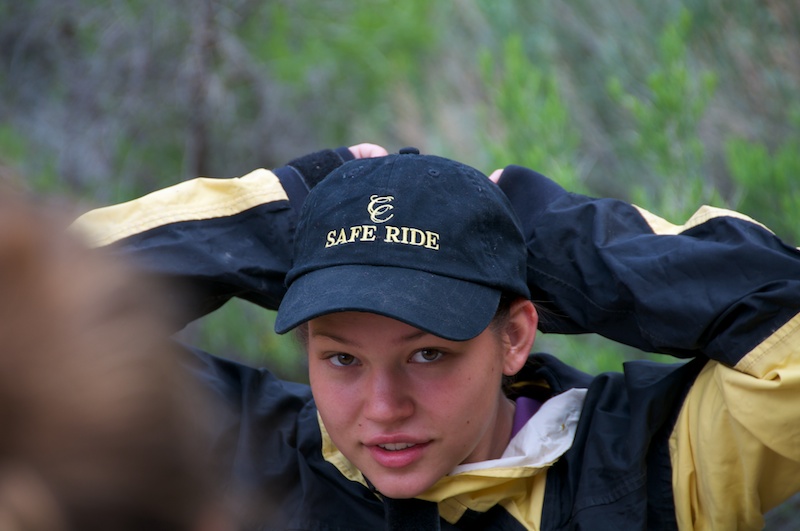
Commodore Karl surveys the fleet.
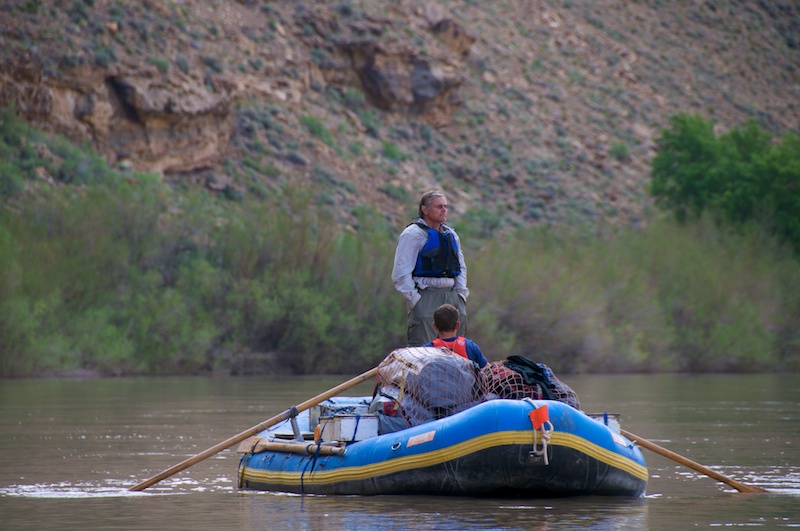
Unsurprisingly we did some more hiking, but we discovered a small hut.

Andy tries to look important....
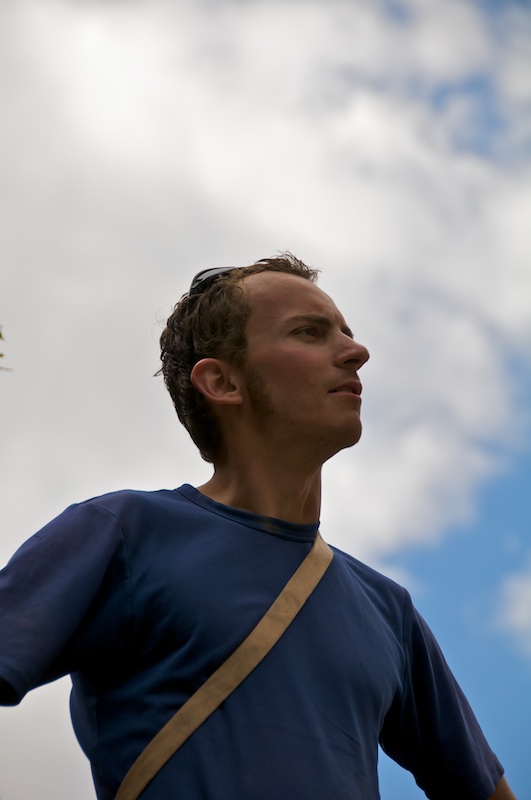
... or he might just be contemplating the petroglyphs that we discovered.
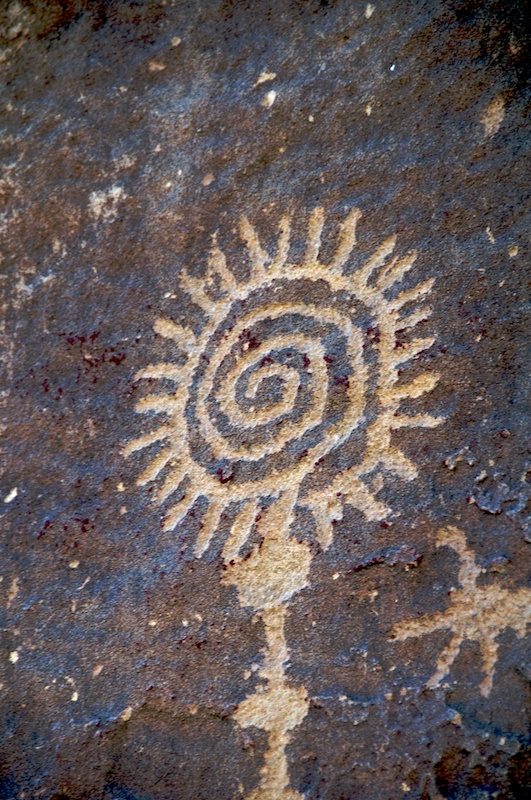
We tried to balance on cans...
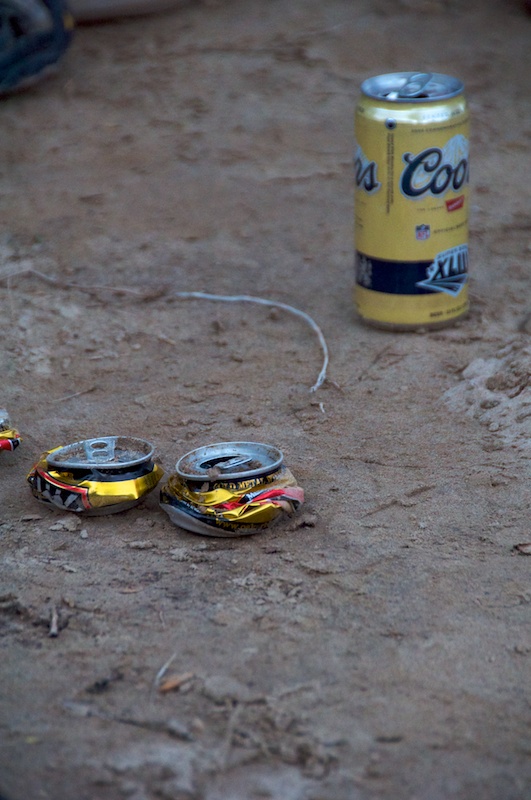
... though that was a failure so we instead just tried to balance.
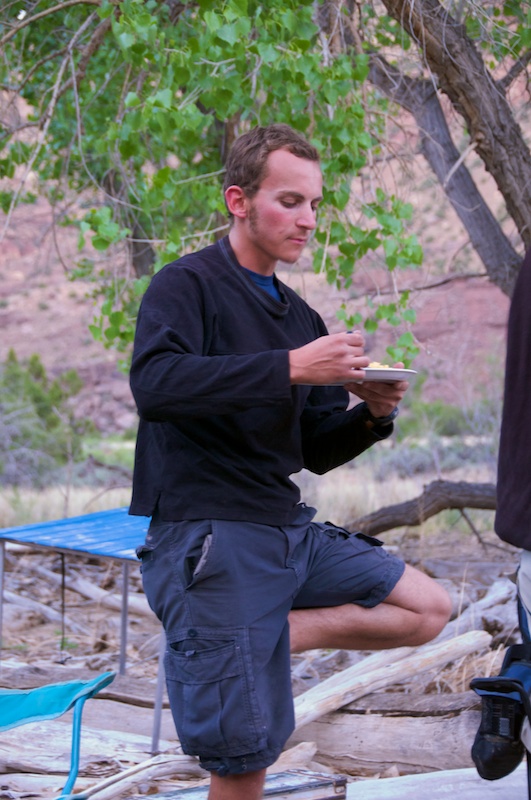
At this point we encountered a large change to the river. A landslide came into the river over the winter drastically altering and probably making the rapid the hardest of the trip. What was most interesting about was the fact that we were one of the first groups to put on as the river went over 15 thousand after its winter level of several thousand, so we had no information about the rapid beforehand.
So we spent some time contemplating it.
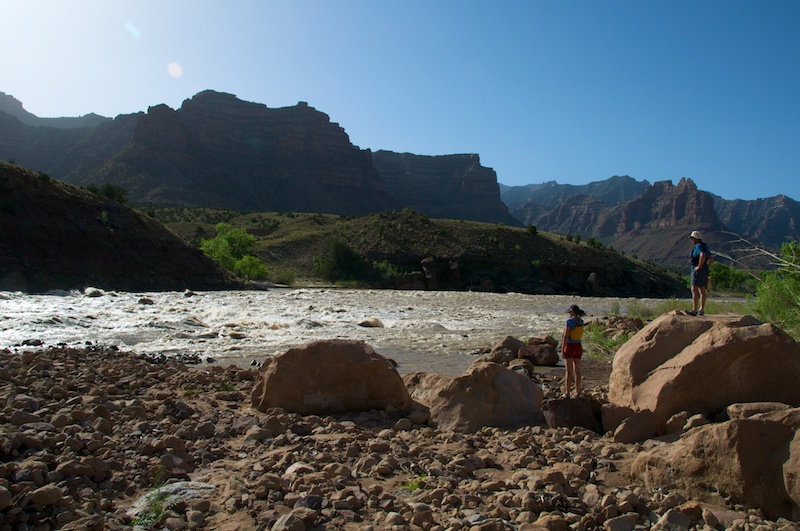
As this was Will's first river trip he had to do some more contemplating.

Eventually we ran it with Karl leading the charge.
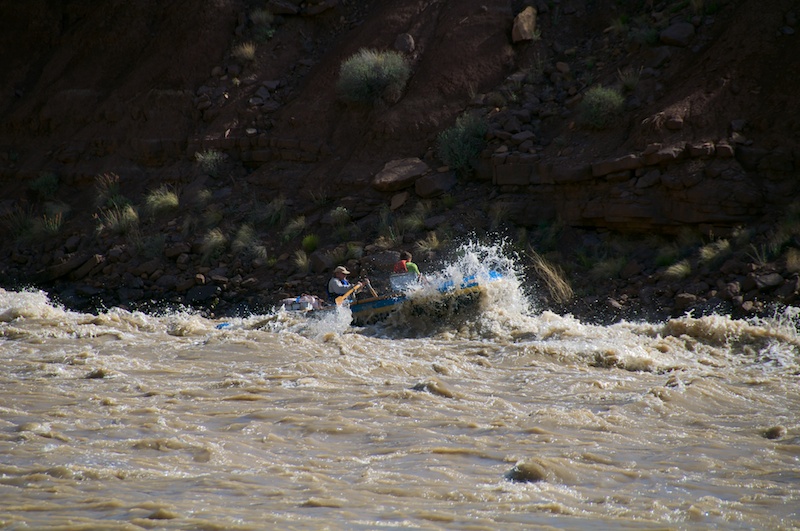
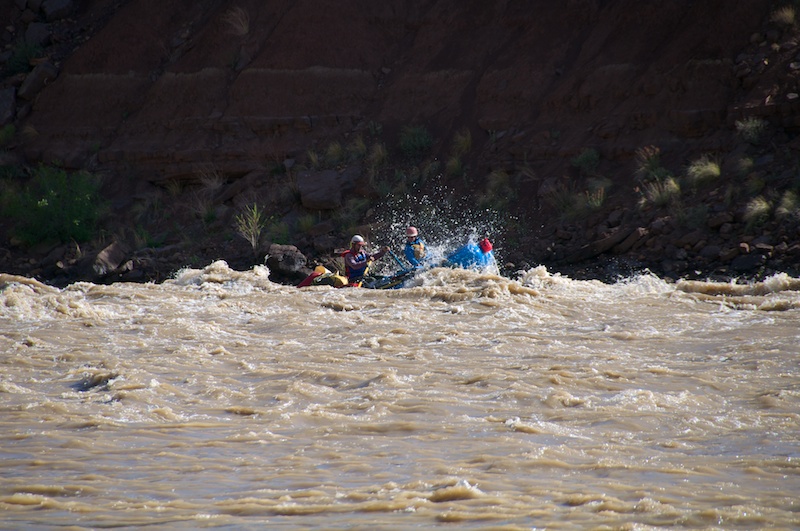
Then came some more scrambling.
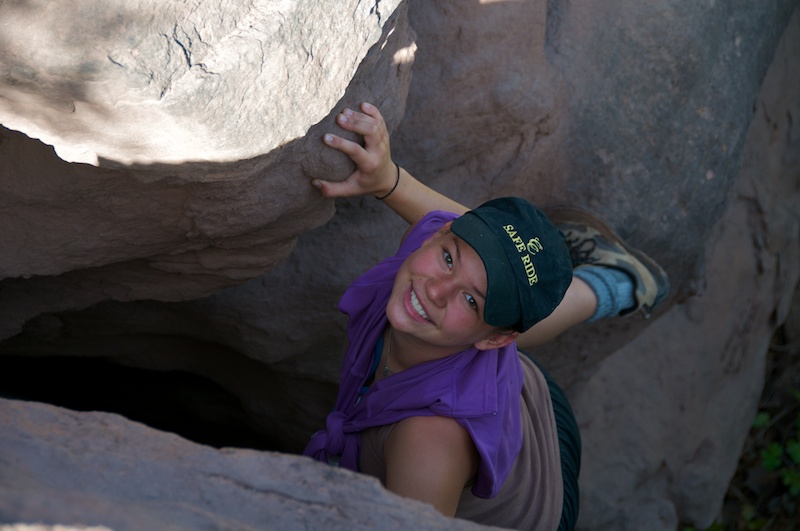
Along came another rapid where we quickly contemplated our fate.
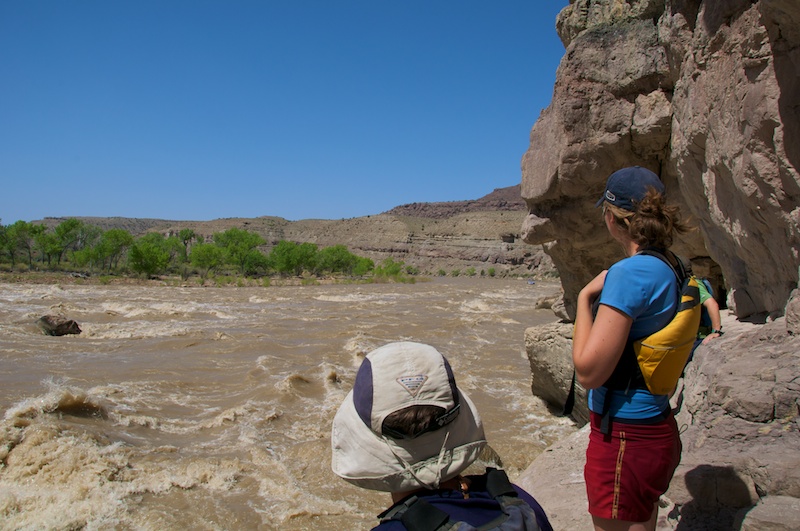
Soon we went for another hike where we played with lasers!
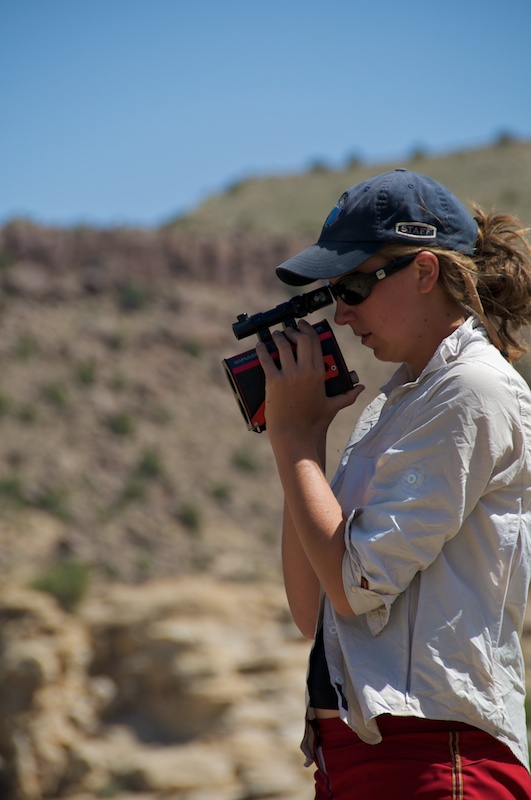
At the top I tried to hide in a bush to stay out of the sun which offered me several artsy photo opportunities.
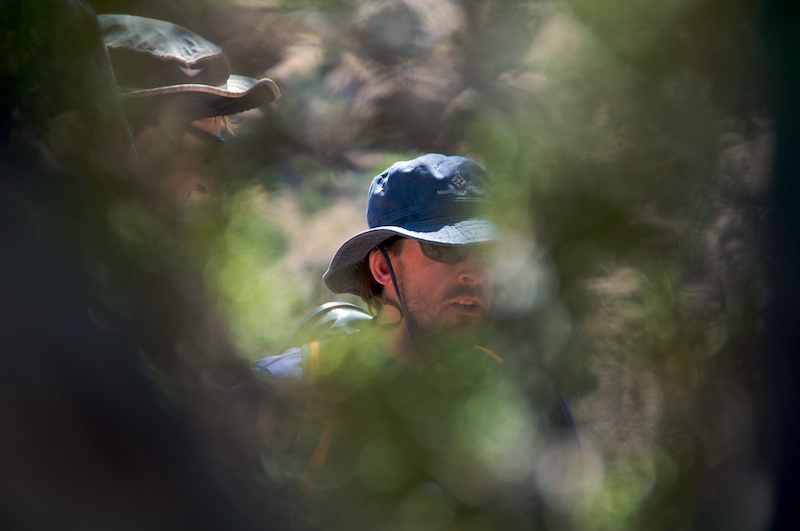
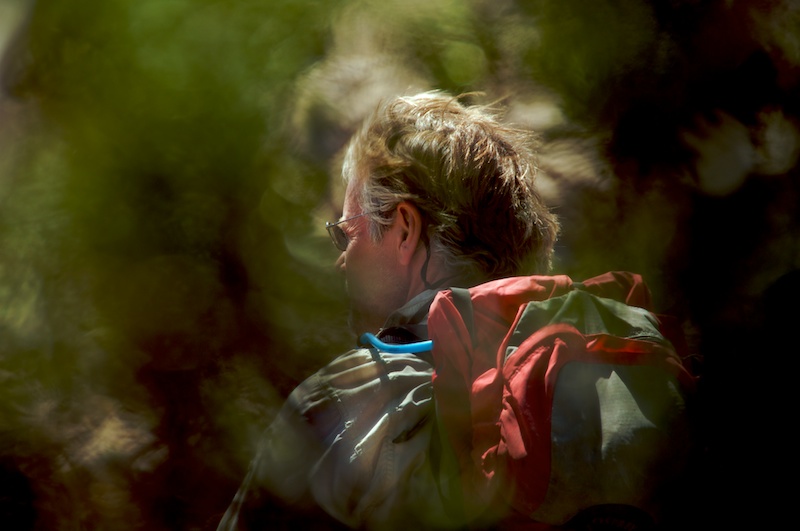
We continued along and found the remnants of a dam project that was thankfully never completed.
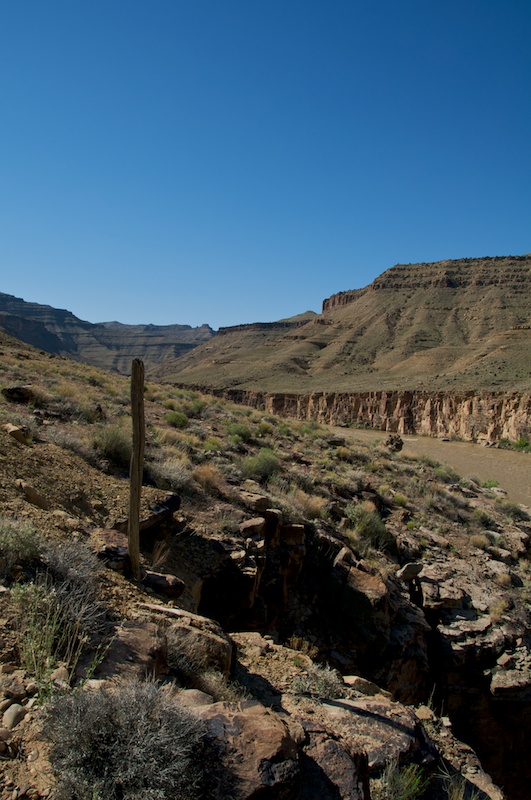
Another paddle and hike later...

... we ended up pointing at things from way above river level.
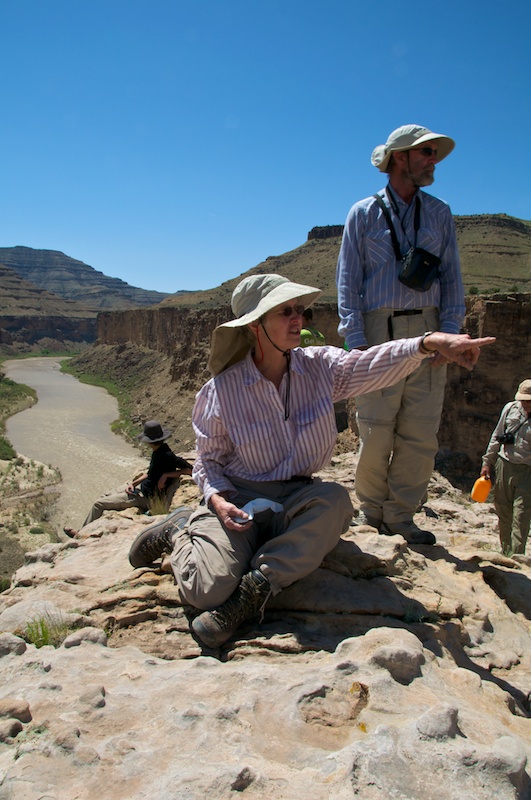
Anna and Robert contemplate just how high above the river we are. It's nearly straight down into several feet of water.

There was a large fracture heading straight down which Elliott tested for invisible or trick bridges.
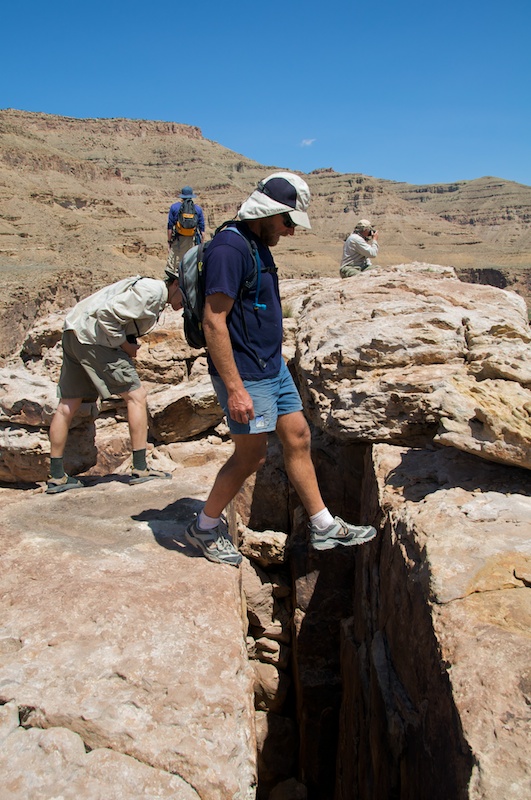
And I managed to get a picture of the rarely photographed Ryan from UNM!

Even more importantly we had lunch!!

Then it was time for some more petroglyphs in the company of flowers.
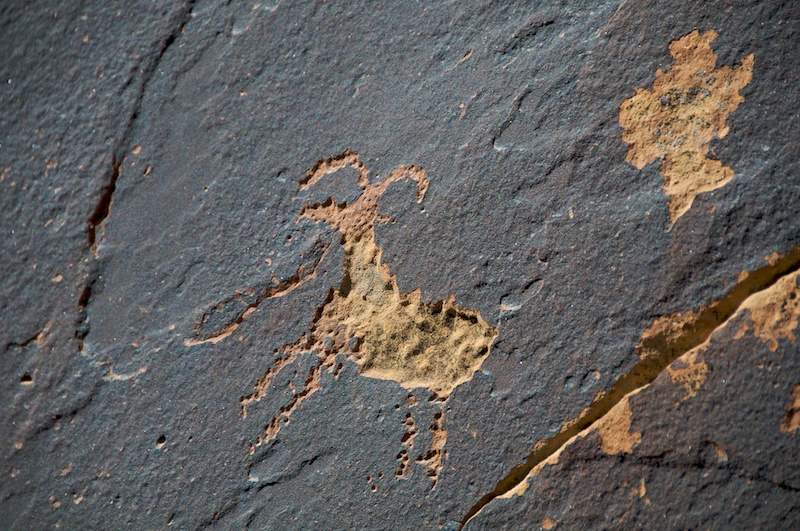
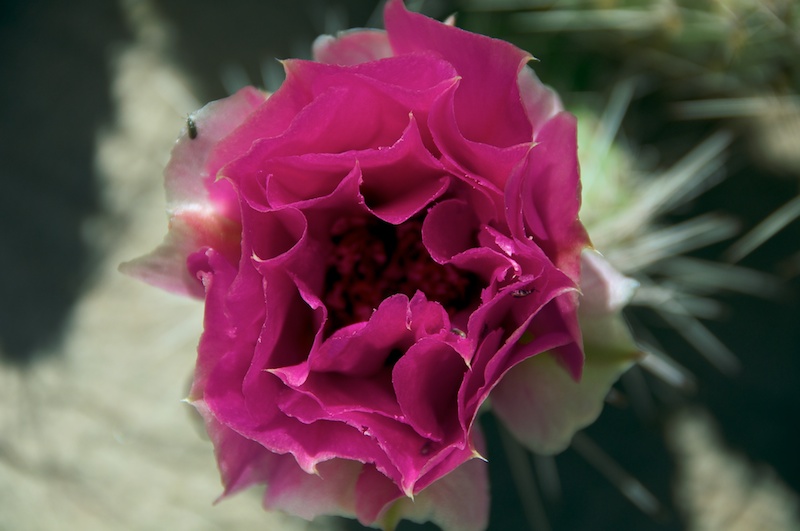
Commodore Karl surveys the rag tag fleet for one last relaxing time.

We all managed to survive a very fun trip in one piece....
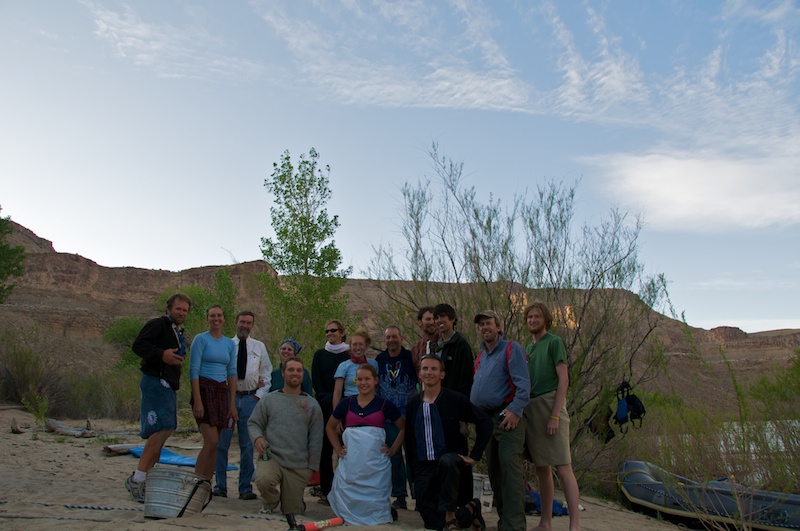
... or did we?
